Why ride a bicycle? Usual answer here is “sport-health-behave-good”.
That’s nonsense. Correct answer — you should ride to increase brain blood flow.
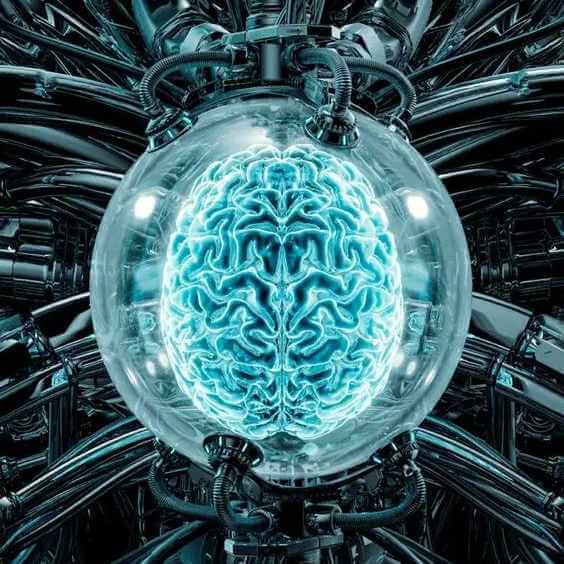
Your life happens right here.
The better you main organ works, the better and brighter will be all sides of your life.
How cycling increases brain blood flow? I’ll tell the story step by step.
You can read it also in:
Russian Магия крови, или Промывание мозгов
Ukrainian Магія крові, або Промивання мізків
§1. Blood pump
Human heart makes 60-90 beats per minute. When a person sits at rest. At least, that’s so for majority of people.
* mutants with left ventricle hypertrophy, keep silence!
And when person sits not at rest anymore, but on a bicycle? We need an example.
Let’s make it out of a healthy male with a standard cardio system. Who has all the body measurements in the very middle of normal ranges. Kind of “spherical horse in the vacuum”.
Any conclusion we make for him can be applied to all of the people, even not so standard. It’s just that the majority of readers have common traits with “the horse”, so I don’t use “a rare bird”.
This guy’s heart makes 70 beats per minute at rest. Each contraction pumps a portion of blood to arteries, stroke volume. For a 70 kg male it makes up 70 ml.
(777! bingo! howitzer!)
70 ml х 70 beats = 4900 ml.
Heart pumps around 5 liters of blood per minute.
Let this person straddle a bicycle and ride with very easy effort, at a “park stroll” pace. Muscles will ask for more nutrients and oxygen, and that means — more blood. What will change in work of the pump? Two measurements.
(1) Frequency of “plunger pushes”. Pulse will raise to 120 beats.
(2) Stroke volume. Heart is not so solid as a chamber of a usual car or bike pump. If it pumps out more blood, more blood flows in. Our blood flow moves in closed circle — more blood comes out, more blood must return to the heart. It stretches from influx, and ejects more blood with every contraction.
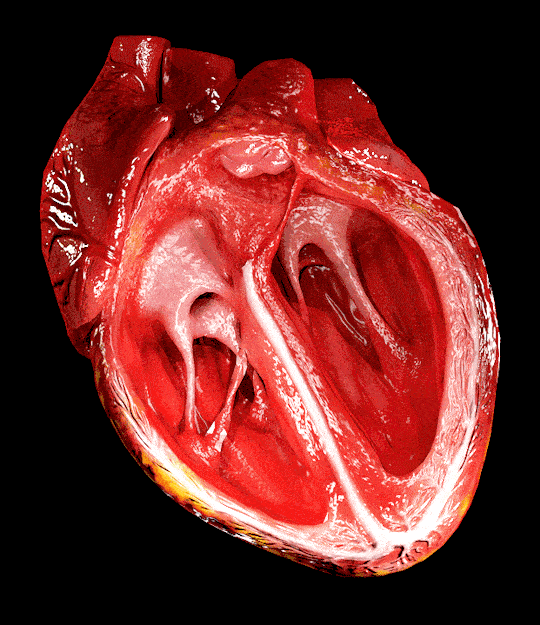
In our example stroke volume increases from 70 to 90 ml. Then in a minute volume of pumped out blood is
90 ml х 120 beats = 10800 ml
Around 10 liters of blood per minute. Yes, twice more than at rest!
During a ride blood runs through our body faster. We exist in other “physiological reality”, in other world.
Kind of escape from a slow-flow mode where we spend over 90% of our life.
§2. Blood sharing
So heart pumps out two times more blood (even three times in race pace!).
What it means for all other body organs?
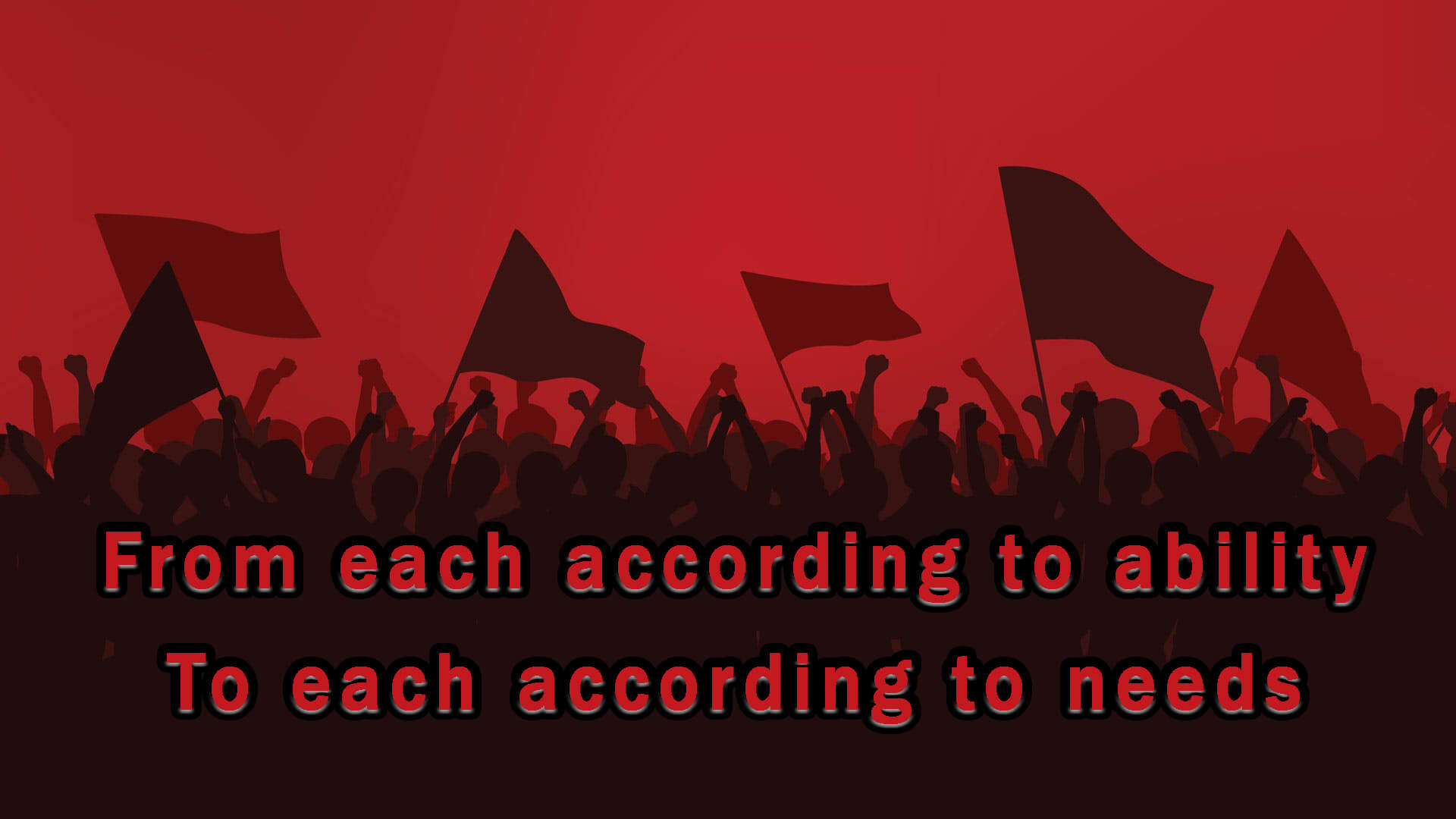
Not all of them will get double blood portion. Our vessels have own slow muscles which are called “smooth” and can contract for many hours – they are different from fast and powerful skeletal muscles.
They work as plumbing valves. Some body vessels contract, others dilate – so that additional blood is distributed to the right organs. See for yourself in the picture.
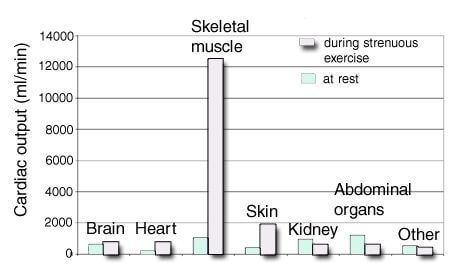
You can compare turquoise bar (at rest) to light violet bar (in exercise).
Skeletal muscles, the «engines», receive the largest blood bonus. Heart itself and the skin (cooling radiator) also get a nice slice.
But please note the first organ in the picture. The brain.
How much blood flow increases in the brain during a ride? Many researchers measured this, so joined data make quite reliable image.
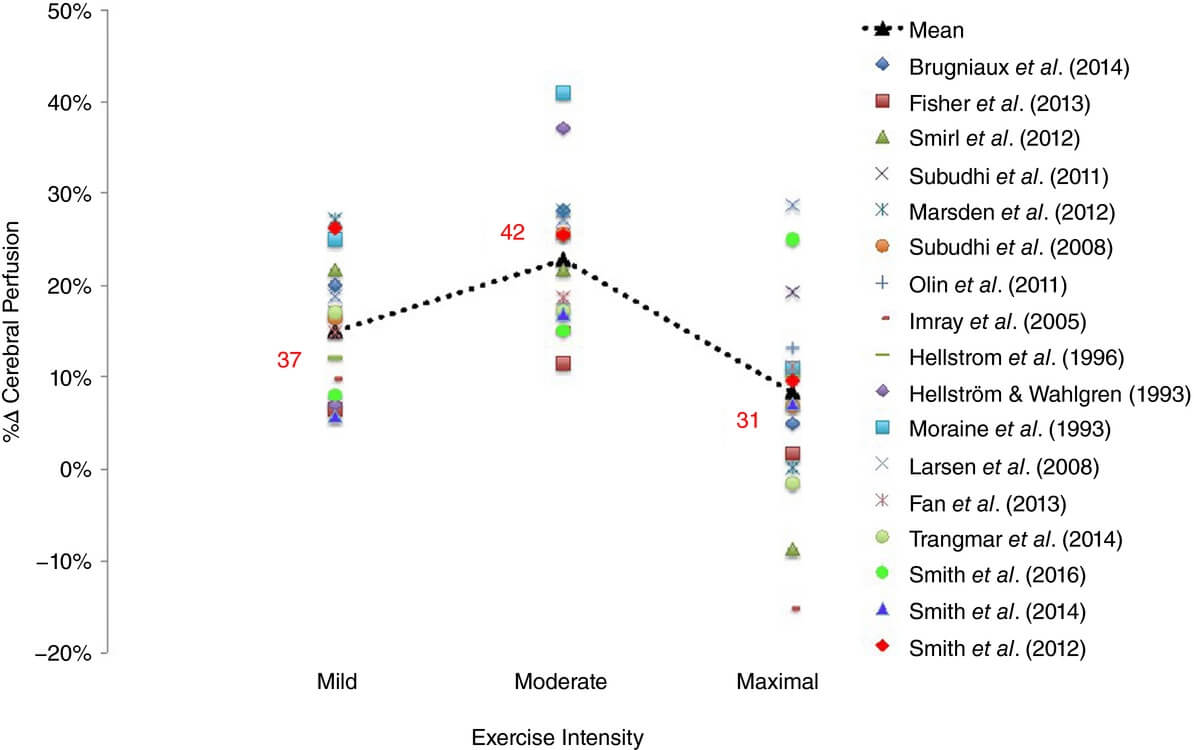
Cerebral blood flow increases by additional 10-30% above blood flow at rest. The largest increase happens at medium effort. In easy and high effort we also have the bonus, but it’s not so large.
Pictures are taken from a PubMed
Regulation of cerebral blood flow and metabolism during exercise
There are more details in the article, I recommend it to connoisseurs.
§3. Milk and blood
Cyclic muscle exercises change not only the volume of blood that flows through your neuro-computer.
It turns out that the brain has a hunger for lactic acid. It consumes lactate like a glutton.
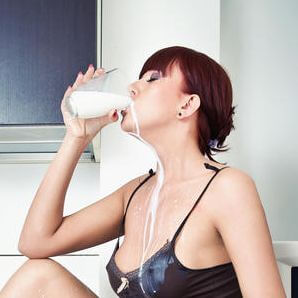
Many other body tissues also use this substance as an energy source.
But for the brain, main “fuel” is glucose. In physical exercise brain does consume more glucose. But just a little more, in the same proportion as blood flow increases (+10-30%).
Lactate absorption is not proportional to the blood flow. At rest in our blood swims only microscopic quantity of lactic acid (and alcohol too, by the way). As there is very little of lactate, so pretty much there is nothing to draw from blood. As soon as we do medium physical exercise, muscles produce lots of lactate and pour out into the blood the excess they cannot “use as firewood” inside themselves.
Brain starts to drink hungrily the flowing “milk”, lactate consumption shoots up tenfold. Overall cerebral metabolic rate may increase to more than one and a half times from the rest.
Why wait for the rise of lactate availability in blood? Not enough energy? But there is always a lot of glucose in the blood. Brain is a very VIP organ, he receives all the body resources in the first place, and without limitations. “All the best for the brains”.
What does the brain do with the lactate bonus?
I don’t know, but I hope it does something useful. I’m not the only one to put up the questions: in recent years view on lactate in the brain is changed from “just as a fuel” or “waste of oxidative metabolism”. People speak about astrocytes that actively supply neurons with lactate (does it mean neurons need it?). They speak about connection to growth of new vessels in the brain. They speak about “signal role” – in junction point of metabolism, blood flow, excitability and plasticity of brain tissue.
Here is a review at Biomedcentral
So we hear the bell ringing, we don’t know where it comes from. Yet the sound is quite pleasant.

§4. Bloodbath
We see how cycling increases brain blood flow. Next statement: this improves all aspects of cognitive and psychic activity.
– What is your evidence? – they ask me.
I’ll start with the most simple mechanism of improvements.
How blood flow affects condition of any organ.
It seems that a cyclist after hard exercise should recover better by saving efforts and “lounging on a coach”, so that weary organs can rebuild, accumulate energy like “exhausted well fills up with water”.
In practice this passive approach works poorly. Strength returns faster through easy recovery rides.
Let me take an example from multiple-stage race, from Tour de France. It lasts for 23 days among which 21 race days and 2 rest days. I suppose, those are needed not only for the gladiators. All other participants of the traveling circus also need some rest and relax.
But even in these days racers ride at least 25-40 км. Riding in very low effort increases muscle blood flow so they accumulate glycogen and build proteins faster. Recovery ride totally pays off, it improves results in the next race day.
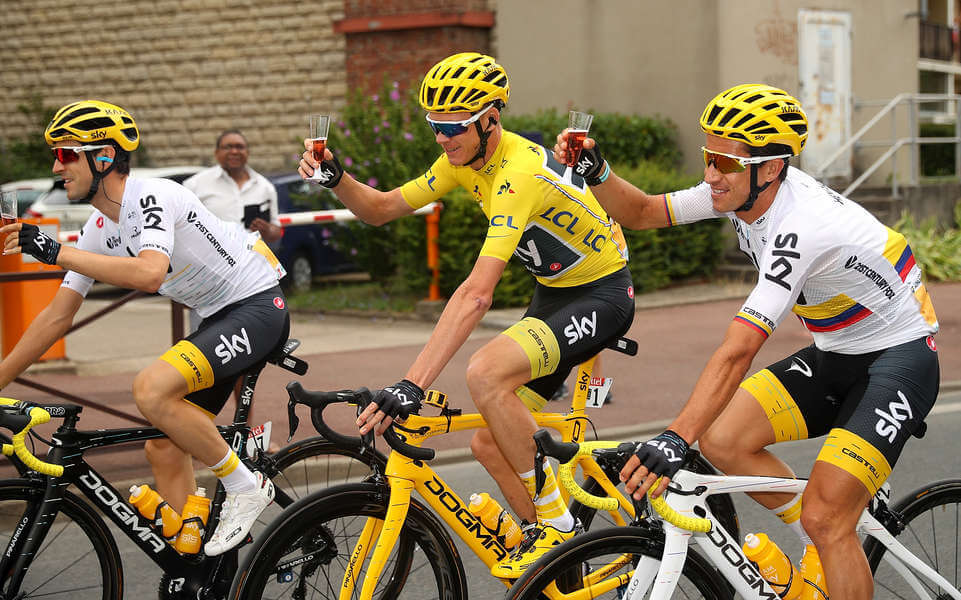
§5. Venous pump
Here is an example of short-term benefits of good blood flow.
Leg muscles are quite far from the heart. That’s why it is hard to pump blood through them.
When a liquid flows through tubes, it rubs on the walls, there is friction. Liquid loses movement energy given by pump. The longer the tubes, the larger is resistance to pumping through them.
Legs are disposed to accumulate blood in veins, where it stagnates (hello varicose and all of the similar diseases)
When a human pedals, even with no effort, leg muscles contract in turns. And squeeze nearby veins, pushing blood to heart. Veins have back-pressure valves so that the flow can move only in right direction.
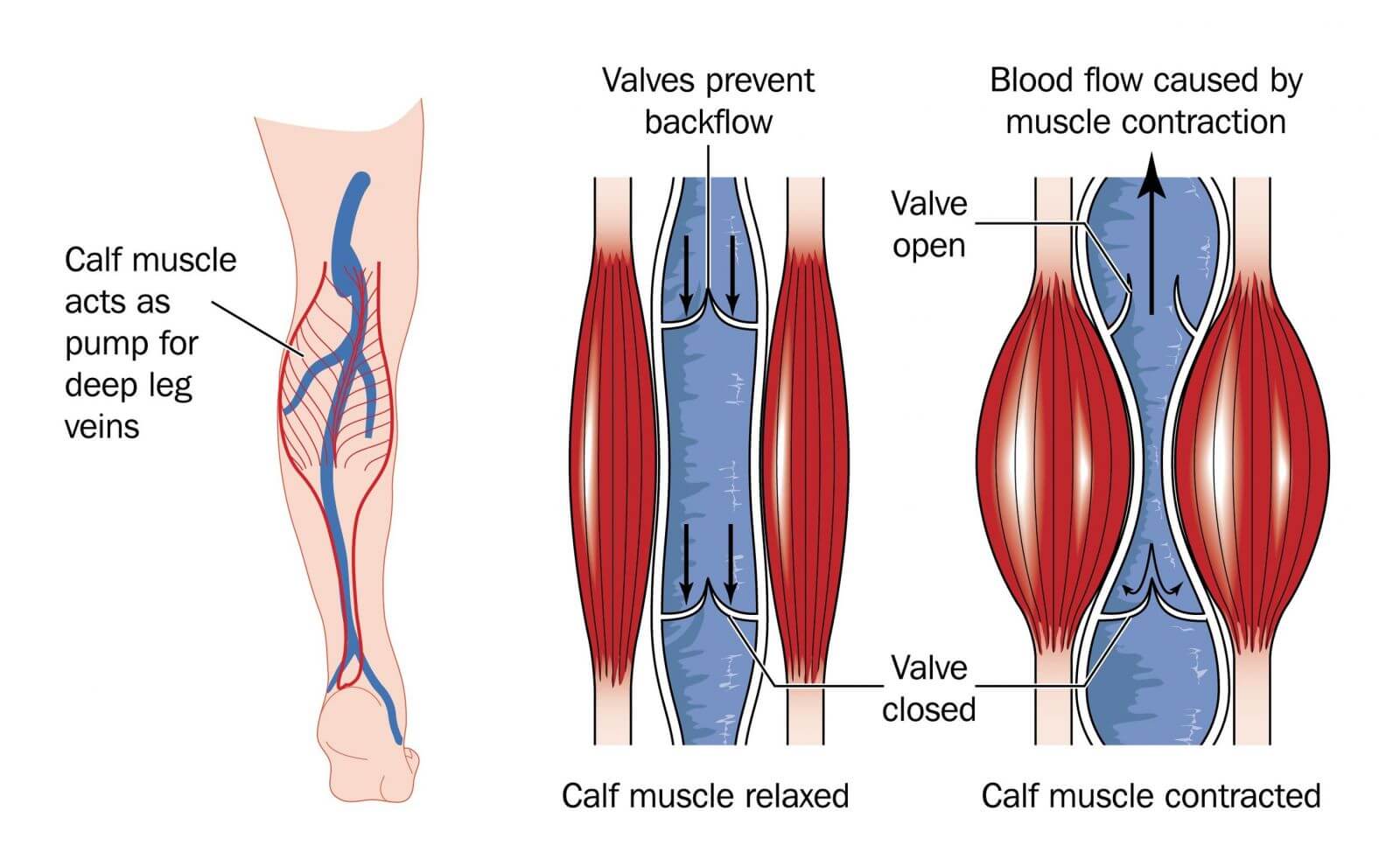
When we pedal, blood in legs moves not only by heart pump force. We turn on additional “venous pump” which helps to move blood.
When a cyclist rides up a steep uphill with good effort, on descent there is desire to stop pedaling to give some rest to “burning” legs. Most of beginners do stop. But experienced riders know that legs will recover faster if you keep turning pedals downhill “easy like a feather” to pump more blood though them.
(Nutrient inflow) + (Outflow of unneeded metabolites) = PROFIT!!!
All tissues and organs benefit from good supply.
§6. Overclocking neuro-processor
In this heading I compare brain to a computer. I do realize that such comparison is far-fetched. I just couldn’t find any better, and I need to illustrate invisible ideas through visible images.
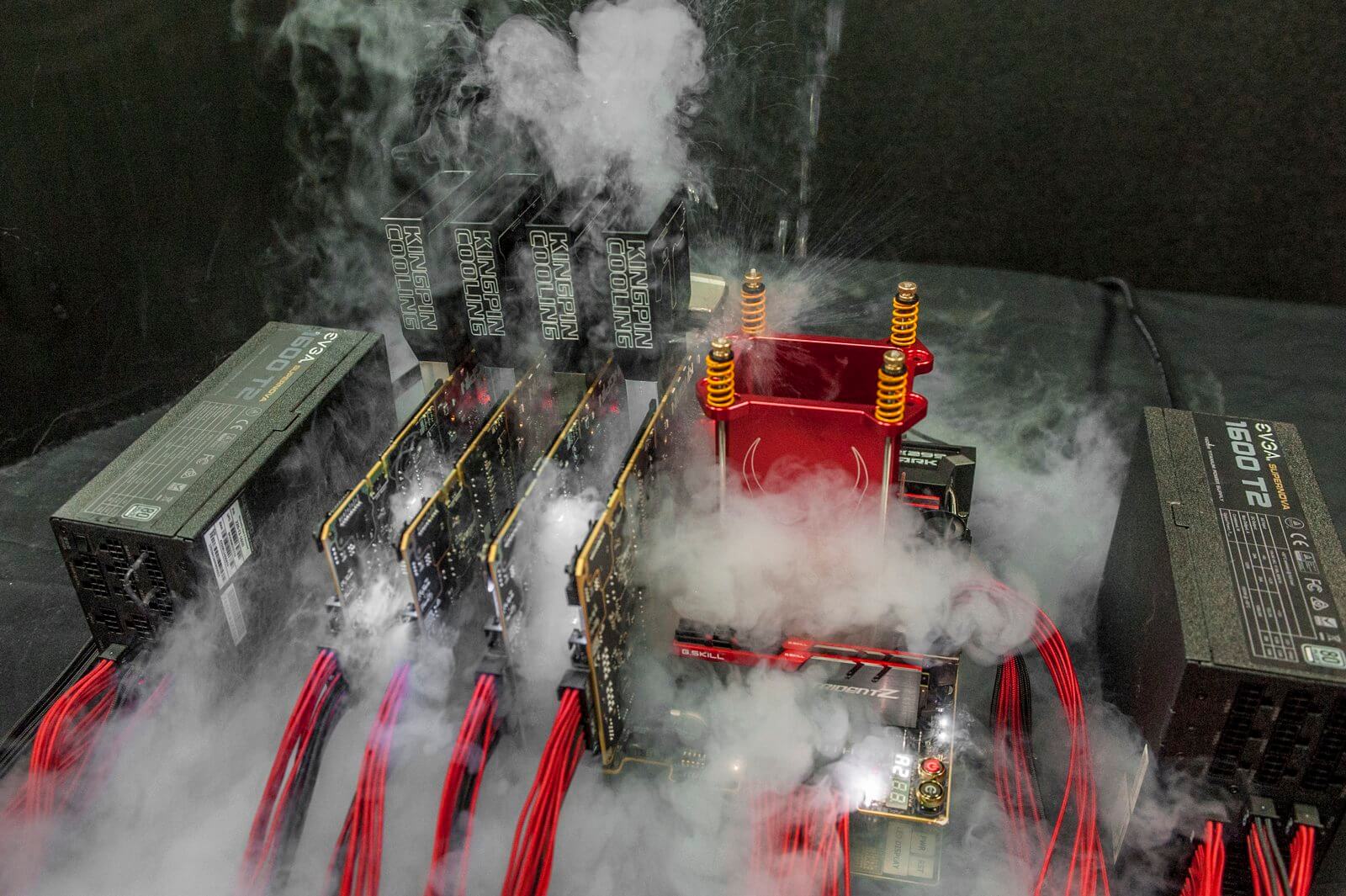
Computer components are overclocked when you increase frequency of their work or voltage to increase performance.
Give more juice = get more output
The same happens to the brain when you give it more “red juice” through cyclic exercise.
Neurobiologists collected numerous observations in this area. And search for their mechanisms at full speed.
For the first glance there is a nice Wikipedia article
Neurobiological effects of physical exercise
I insert here a part of contents to show what it is about.
1. Long-term effects
1.1. Neuroplasticity
1.1.1. Structural growth
(regular aerobic exercise increase volume of grey matter in nearly all regions of the brain)
1.1.2. Persistent effects on cognition
(improvement in executive functions — attention control, information processing speed, task switching, inhibition of impulsiveness; improvement in several forms of memory — working, declarative, spatial)
1.2. Mechanism of effects
(research in selection of neuropeptides and signaling molecules)
1.2.1. BDNF (brain-derived neurotrophic factor)
1.2.2. IGF-1 (insulin-like growth factor 1)
1.2.3. VEGF (vascular endothelial growth factor)
1.2.4. GPLD1 (gene and enzyme, associated with improved cognitive function in elders)
1.2.5. Irisin
2. Short-term effects
2.1. Transient effects on cognition
(during exercise and up to 2 hours after)
2.2. Exercise-induced euphoria
(improved mood, runner’s high)
3. Effects on neurochemistry
3.1. Phenylethylamine
(psychostimulator close to amphetamine)
3.2. Beta-endorphin
(internal opioid)
3.3. Anandamide
(euphorigenic, internal cannabinoid)
3.4. Cortisol and the psychological stress
3.5. Glutamate and GABA
(brain neuromediators)
3.6. Exerkines
4. Effects on central nervous system disorders
4.1. Drug addictions
4.2. ADHD
4.3. Major depression
4.4. Mild cognitive impairment
4.5. Dementia and Alzheimer’s disease
I have my own observations on benefits of regular riding. I do realize they can be biased from my sample and my intuition; still, there is a different possibility – that my brain made accurate and valuable conclusions from available limited data.
Observation #1
Cyclists are people with various talents, interests, inclinations. When I look at few dozens of my bicycle acquaintances, who ride actively and regularly, and compare them to “non-overclocked” contacts, – I see definite difference.
Regular riders are more active and successful in any area where they choose to direct their attention and efforts.

(Screenshot from cartoon serial Yowamushi Pedal)
Observation #2
On myself (sample is lame, yet data are massive).
I ride regularly for 5 years and notice clear bonuses to performance in professional tasks as well as in all others.
Next day after a long ride of at least 150 km, fresh and original ideas come to mind like “from thin air”. I just hurry to scratch them down in the notes before they are lost. It’s like rust falls away from jammed gears of my brain and they start turning faster and smoother.
I could feel those ideas in my head before as dim unspeakable fragments. Unconnected puzzle pieces I couldn’t put together into a clear picture.

After the ride it feels as brain is on “jet acceleration”. Previously my thoughts got stuck in dead-ends and fell down in difficult places. I knew there was an opening ahead, it was passable and there waited an interesting route. But I had no strength and no momentum to ride over the obstacles. After a good brainwashing I can break through.
It’s not that I noticed it at once. It was only about tenth time this effect happened, that I added 2+2=4 and connection “clicked into place”.
Now I look forward to “muse visit” when I start a longer ride.
I don’t “beat myself in the chest” that it happens so for everyone. You have to check if it works on you as well.
Observation #3
Seasonal. My activity, mood and overall reasoning definitely decline in 5 off-season months when I ride less.
Are these effects of reduced daylight or other climate impact?
I was exposed to them all my life, but such pronounced difference I see only in my cycling years.
Age?
Maybe, but I don’t think so.
I came to opinion that I’ll go down the hill if I stop riding.
Gears of my brain will rust and slow down unless I keep washing them with blood. Changes for worse will happen in my brain in small steps extended through months. They will be barely noticeable at first, but in half a year or in a year I will accumulate deep degradation.

(That’s a link to a story. Spoiler: a character there became smarter at first, and later not so much)
§7. Personal bonus
I have a guess that that the bloody bonus size will be different depending on a person. In the same way as improvement of sport results after the same period of training will be higher for those with high genetic talent.
As an illustration I will paint the most simple arithmetic model:
(1) I take quantitative scale for IQ (intelligence quotient)
(2) introduce my own element: multiplier which reflects effect of increased blood flow accumulated through months. I take it equal 1.2
(3) I multiply base value (1) by (2) = effect on IQ scale
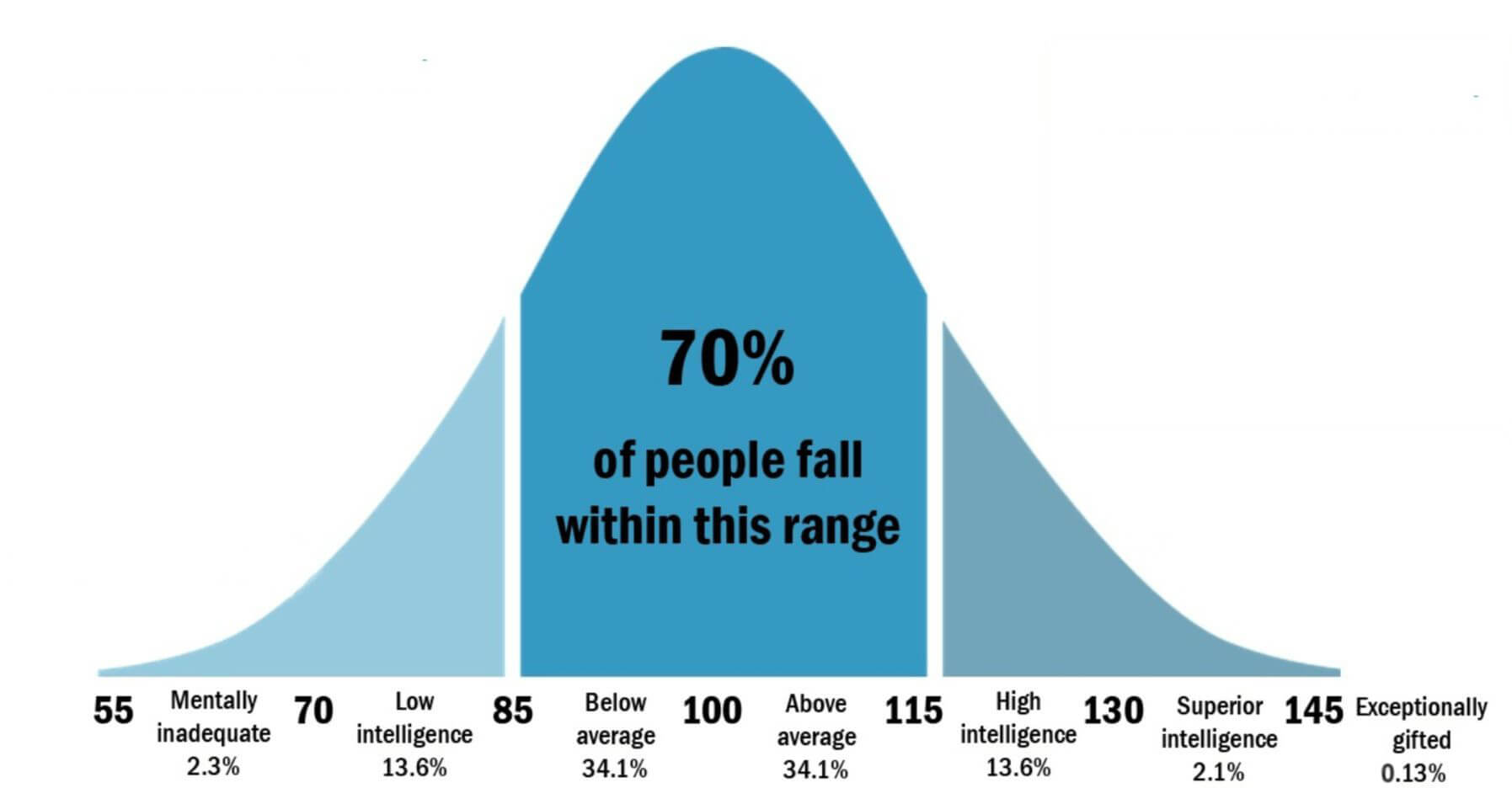
Case 1. Average person.
He or she has IQ = 100 by very rules for building the scale.
After months of regular increased brainwashing we have:
100 х 1.2 = 120; magnitude of beneficial effect +20 imaginary units.
Case 2. Person with IQ 70.
70 х 1.2 = 84; effect is lesser, +14.
Case 3. Person with IQ 130
130 х 1.2 = 156; effect is larger, +26.
§8. Growth problems
I suspect that cerebral blood flow is vulnerable to small deviations in its work. If some tube is not in its best condition – stagnation, disease, “leak” – dependent brain zones will suffer and deteriorate.
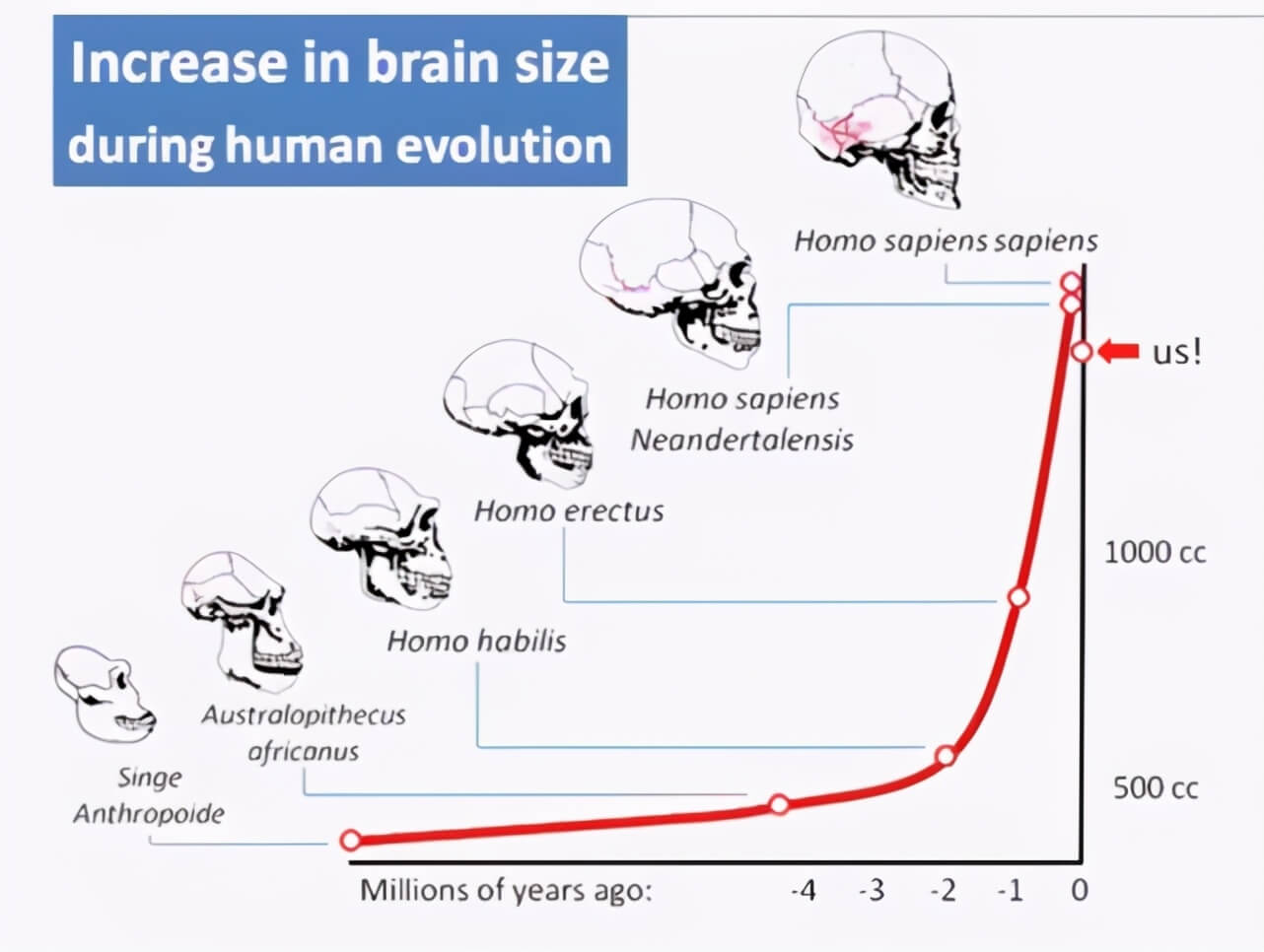
We see that 2 million years ago brain size went into sharp growth in our ancestors.
“Explosive” hypertrophy demanded increased blood supply.
General structure of circulatory system was laid down in mammals much earlier, around 200 million years ago. Including fundamental design of vessels for supplying the brain.
This circulatory tree must have grown and enhanced to meet raised demands. But did it cover new requirements in the full measure? After all, the largest vessels and their branches were intended initially for much lower needs.
The brain resembles a new building area with own heating facility.
After some time the project was expanded. So 3 more house blocks were built and connected to the same facility.
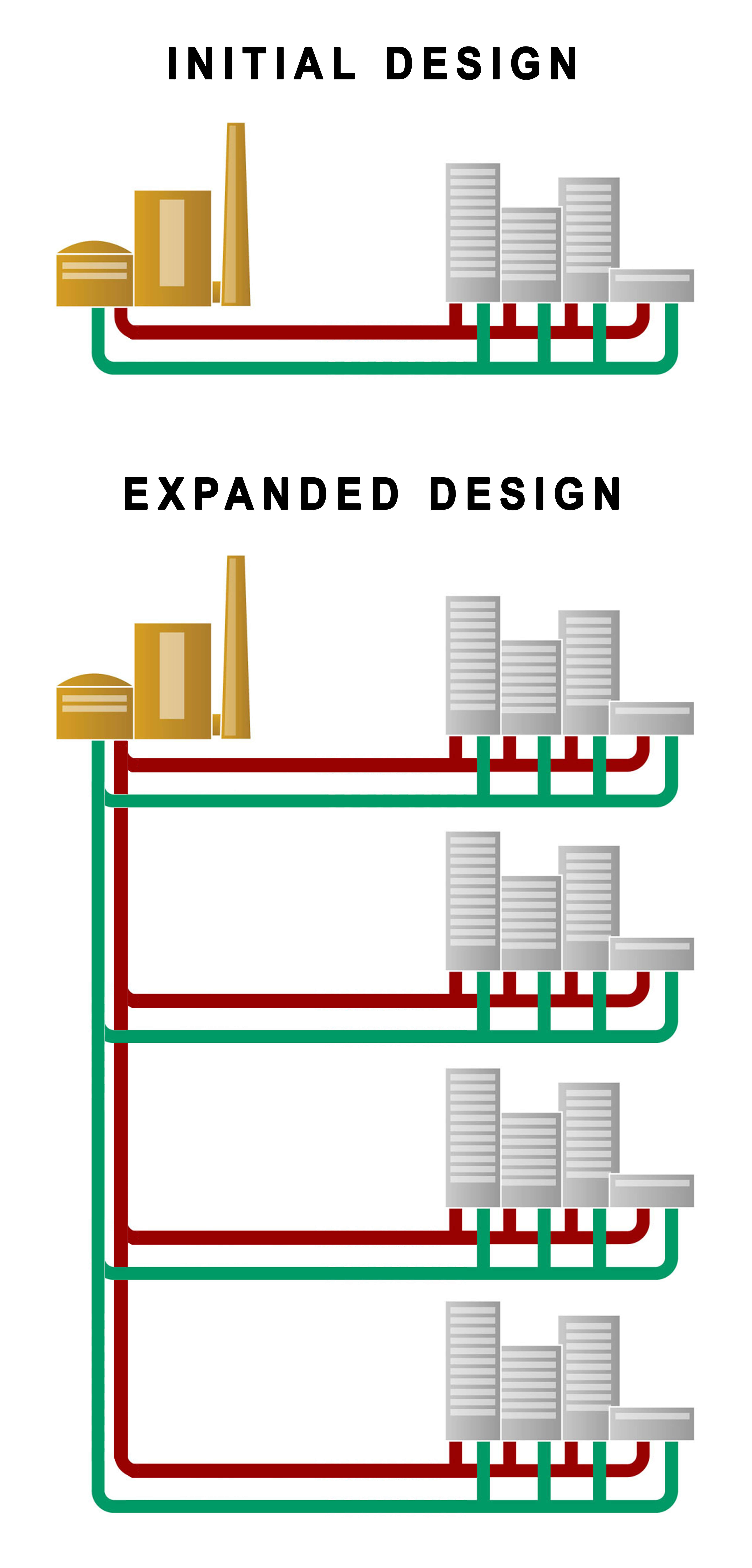
As result we have a heating system which must supply 4 times the number of customers that was intended by initial design. Yes, system can be modified for excessive workload. Say, install additional boilers and pumps. But I doubt that method of “patching up cracks” can cover all the limitations preset by initial design.
It can be expected that such modified system cannot be quite reliable. It can work well enough in ideal conditions, but with small deviations from the ideal, it is likely that problems will emerge. In some tubes pressure may drop and fluid will not reach upper floors. In some places tubes will crack from overload, and in some places flow stagnation will happen.
This guess is supported indirectly by problems with cerebral circulation, which are often and diverse in many people.
Headaches are not a rarity, and they have numerous flavors in strength, duration, localization. Brain tissue itself has no perception of pain. Any painful feelings from within cranium come from vessels — which do have in-built pain sensors.
That is why neurosurgical operations with partial narcosis are possible where patient with open skull remains conscious and can talk to surgeons
Increased blood flow during cyclic exercise may not just provide some bonuses for the brain — over its normal condition. It may rather return circulation to normal state for some parts of brain where overloaded vascular network can’t provide good supply.
§9. Rust in the head
There are experimental data that brain condition does deteriorate when its circulation operates in “stale” mode for long time.
Neuro-computer “rusts” without intensive washing of “pipelines” at raised heartbeat.
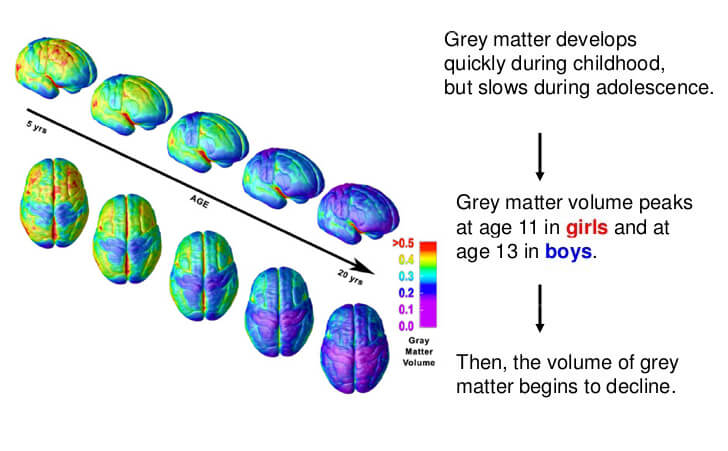
(Picture: changes in grey matter volume in cortex between 5 to 20 years. Females reach maximum volume on average by 11 years, males by 13. From this peak onward volume only decreases. Source: Brain development in children and adolescents: insights from anatomical magnetic resonance imaging. Lenroot, Giedd 2006)
The more time a person spends in passive TV viewing, the faster grey matter volume declines in brain cortex.
This was shown in three recently published studies. They look quite solid: duration – 15 and 20 years. And the subjects numbers are substantial: 10700, 1601 and 5115.
Volunteers’ brain condition was evaluated by MRI and cognitive tests, given surveys on their lifestyle including TV viewing time. When data were analyzed, a factor was found: each additional viewing hour per day accelerates grey matter degradation by 0.5% per year.
What it means in practice? For example, people watching TV for 1 hour per day may lose 1% in a year – these can be unavoidable aging changes.
Those who watch for 3 hours — will lose 2%, and big lovers who spend at the “box” 5 hours – will lose 3%.
In 10 years this effect will accumulate, respectively, in loss of 10 or 20 or 30% grey matter volume.
Due to growth of average lifespan, we will see epidemic of age-related dementia.
Details are in the source
Moderate-to-high TV viewing in midlife linked to later cognitive and brain health decline
§10. Question of price
Lots of people don’t notice the price we pay for our monstrously overgrown, hypertrophied brains. I will recite for you the articles of expenses.
1. Citadel
Brains are soft, like jelly. That’s why we need to store them in a hard bone box. Adult head weighs whole 5 kg; through all our lives we are forced to carry on our necks such a heavy weight.
But even super-strong case doesn’t save from concussions.
Most of the organs remain intact in tough shaking. But for the brain this is a deadly danger. Tissue is “easily mixed into omelette”. Blood within vessels jerks from external shake, stretches and tears tube walls. Brain is semi-liquid and wobbles together with blood, it doesn’t hold its vessels in place.
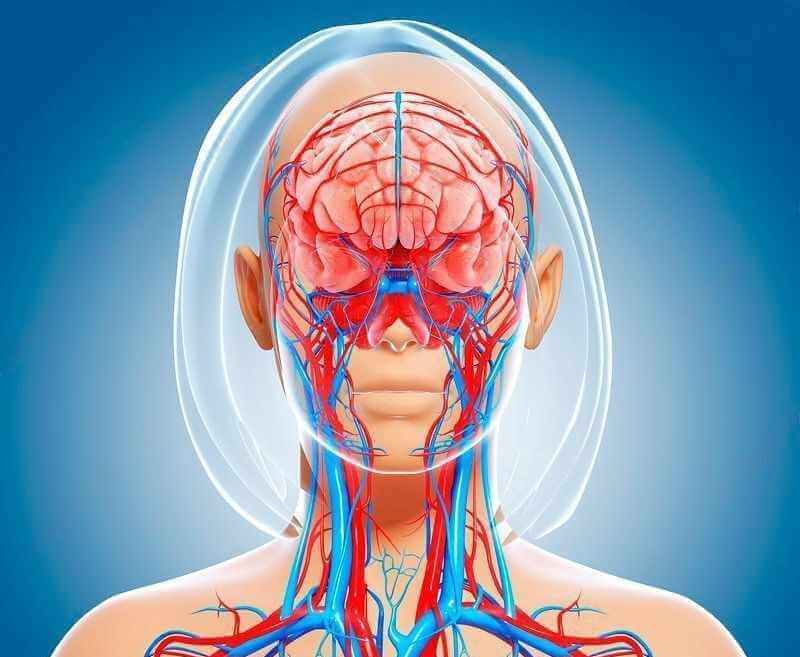
2. Insatiable processor
We are equipped with the most powerful “computing hardware” that exists in known world. Top power and economy are not compatible, so we have high power costs.
Brain mass is 2% of body mass. But these 2% take for themselves “lion’s share” of body resources: 20% of all oxygen and 25% of glucose, even at rest. Brain tissue metabolic activity is 12 higher than in other body tissues.
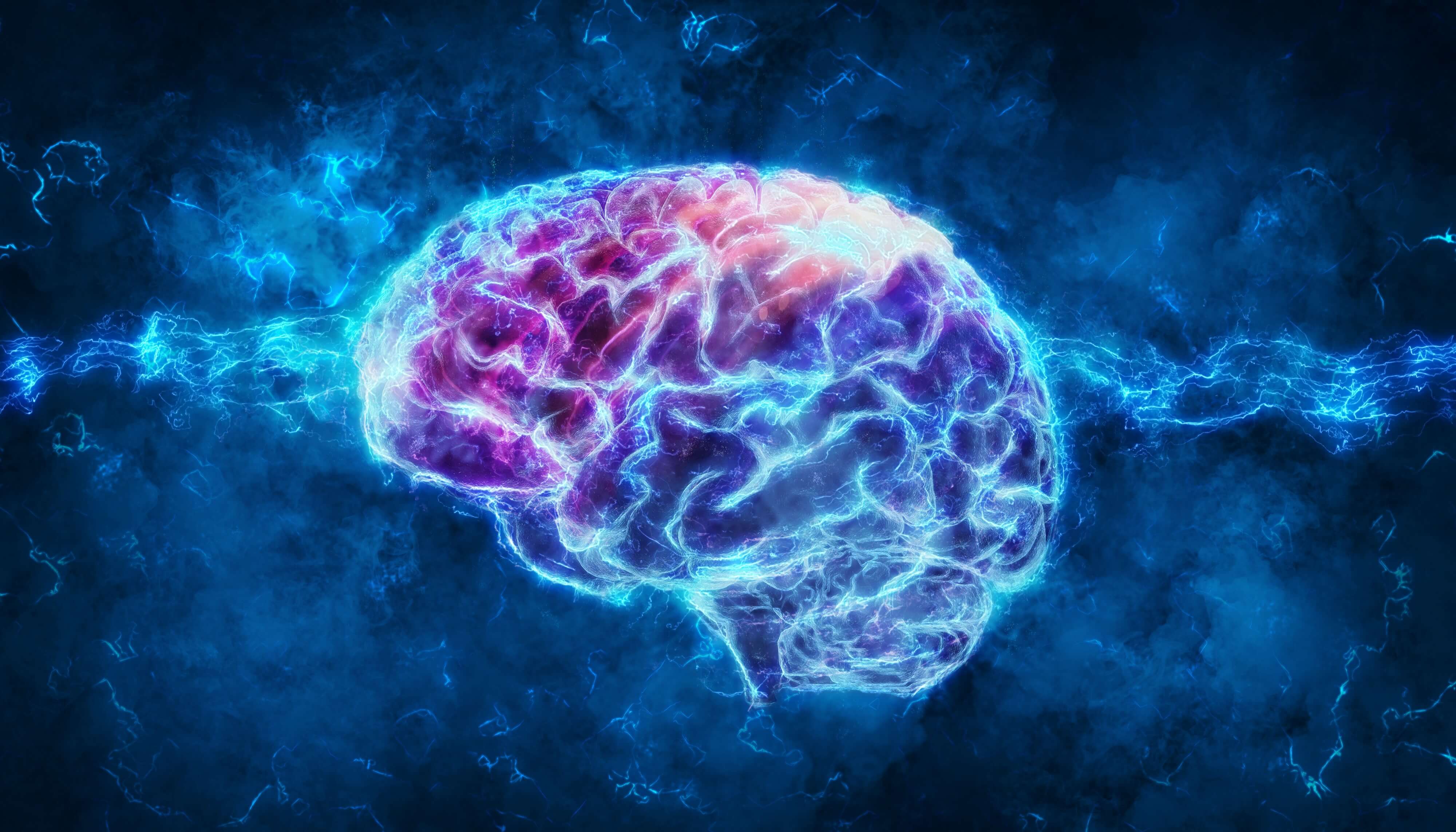
Among all body organs, brain is the most sensitive to supply outages. He perishes first from lack of oxygen and nutrients.
If blood flow stops in there, consciousness fades in couple of seconds. Cortex electrical activity disappears from sensors in range of 20-40 seconds. After 5 minutes of blood conveyor halt, irreversible damage begins in neocortex.
Sub-cortical structures and brain stem survive few minutes longer. Due to this gap there are possible cases when person is reanimated with working stem (so the body can breathe and support circulation by itself) while cortex is already critically damaged.
For comparison – many organs survive hours without blood supply; in case of traumatic amputation of arm or leg, there is a chance to sew it back so that they work completely. Successful outcomes happened even after 6 hours of amputation and even without cooling.
Compare: neocortex has 5 minutes point of no return, while arm has 360 minutes.
3. Dangerous childbirth
People are viviparous beasts. Children grow within female bodies and then they need to be pushed out through female pelvis. Together with their abnormally large head, and that can be quite laborous.
Among all mammals people have the most difficult and risky childbirth.
4. Premature children
We give birth to very premature kids. Yes, even after 9 months of pregnancy.
Already by this time the head barely passes through. Two our evolutionary know-hows — intrauterine development and brain hypertrophy – come into painful conflict.
We are forced to give birth while we still can. But children come out poorly prepared to life.
Cognition comes through comparison, so let’s compare right now.
We managed to read DNA sequence of humans as well as DNA of many other species. Our closest “brothers-in-genes” are chimpanzee bonóbo. Difference in our sets of coding genes is less than 2%. So I am myself “a 98% chimpanzee”.
But even in bonóbos births are much easier, and neonates are able to move their arms and legs intentionally. Just in half of and hour after delivery mother can put a child on her back and go for a walk in the forest with the rest of bonóbo company.
So why our closest relatives have such an easy life?
Their brain is 4 times smaller, and brain-to-body mass ration is 1:100, while we have 1:40.
It’s not that human newborn just can’t grope and hold with his arms, but can’t move his or her head up to 4 months after birth. Our kids catch up to bonóbo newborns in locomotive abilities only after one and a half years of life.

(Lady de Bonóbo looks with pity on human girlfriends)
Our premature infants demand constant and extremely intensive attention. Especially in the first 3 years of life. Kids of no other species cry so much.
This is necessary adaptation: if you come into this world in ecologically clean, pristine environment, lead healthy and natural way of life, in full Spiritual Harmony with Universe, — then absolutely helpless human baby has only one way to survive.
Constantly attract attention of elders. In any discomfort or in the least suspicion of danger. It is better to cry hundred thousand times “Ааа!!! Help!!!” then to stay silent just once and become a meal for a hyena.
There is an amusing hypothesis: our premature kids with their gigantic heads is the reason for our ability to form very strong psychic attachments based on sex and sex appeal.
That’s not such a normal behavior as it seems to us, when we judge the world around us by own habits. Among primate relatives only 10% of species form long-term «male-female» pairs.
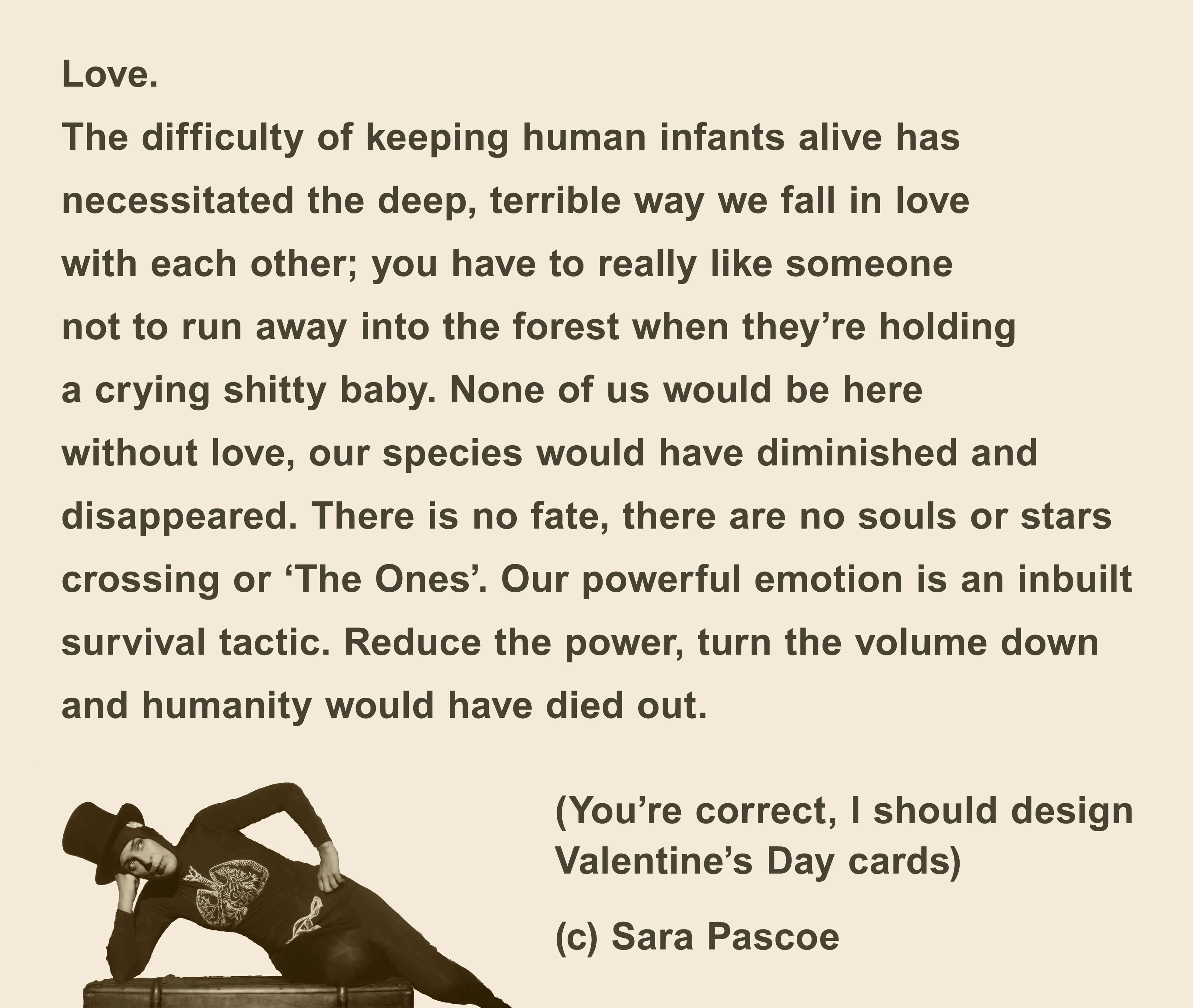
5. Long setup
Every reader knows it firsthand. In order to use full potential of human neuro-computer you need 2 and a half decades of installation, adjustment, data upload and almost daily intensive trainings for the brain.
Human children and teenagers are quite smart. They can do some mental and physical work, but it benefits only to their training, for the sake of future achievements. Here and now any well-developed adult will do the job better, faster and easier.
Adults invest in human youngsters huge attention, time and other resources. But in turn they get just entertainment — like from living toys or animal pets; sometimes also intellectual stimulation from teaching those who are teachable.
It’s only after this “brain setup” a person is capable to “pilot supersonic jet” so that results start to pay off 1/4 century of massive investments with numerous risks.
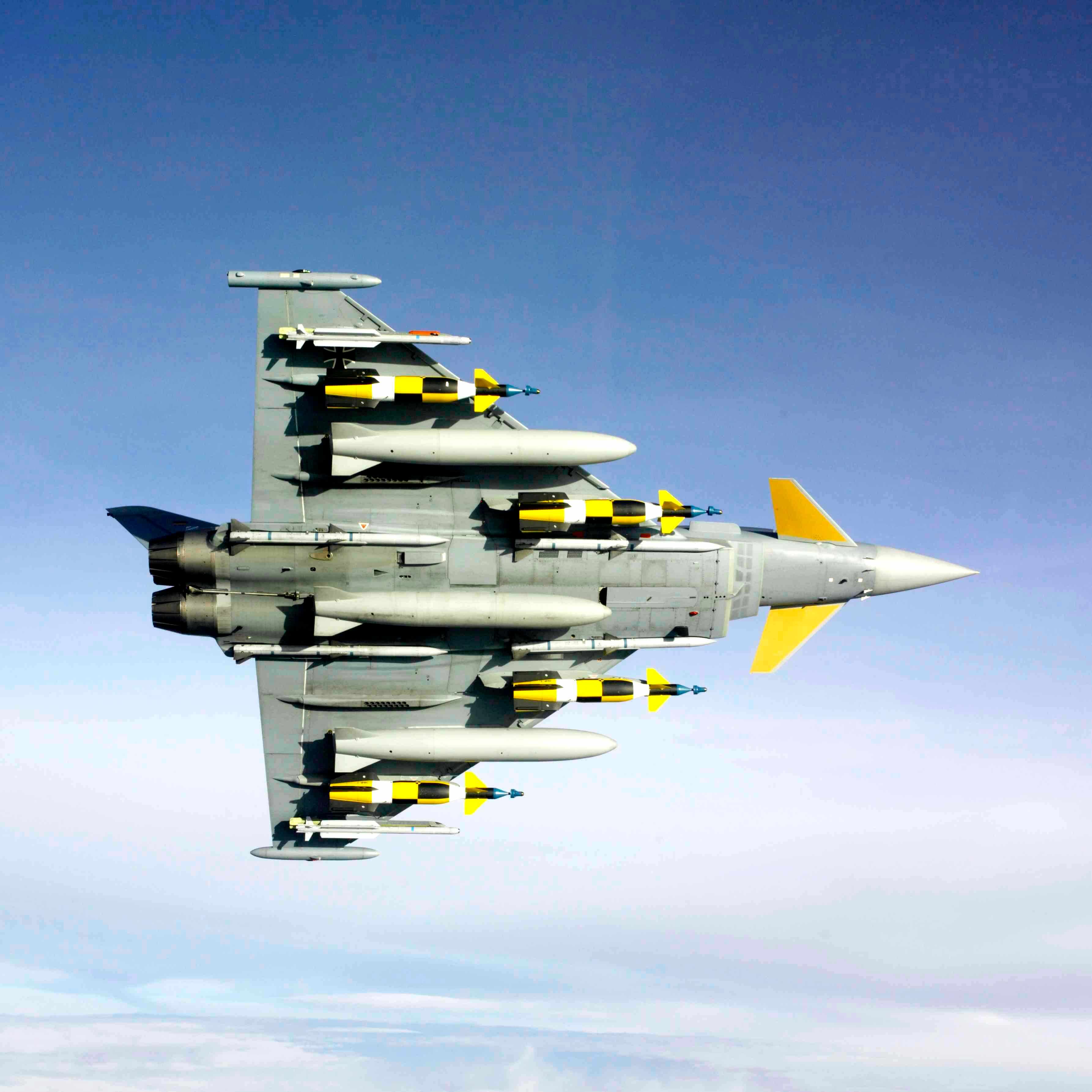
6. Brainwashing
These expenses in brain production, setup and maintenance, which bear our parents, teachers and we ourselves, are enormous. We should gain maximum benefits from such an expensive asset.
I propose to increase profits from your brain with regular brainwashing through a cyclic sport.
§11. First place
As I mentioned the word “sport”, I need to clarify what I’m speaking about. Now it means a show where professional gladiators compete among themselves, or amateurs do the same trying to be «like a pro».
It wasn’t always so; an English word «sport» some time ago meant “joke, pastime, entertainment”.
Phrase “to make sport of somebody” still means “to have fun at someone’s expense”.
I like that classical meaning and I’m against substitution
“sport = always competitive sport”
Drive to compete, to be the best, to win is one of the inborn brain programs in all the humans. We are social apes. And in the animal pack those with higher rating have better living. That’s why all of us have involuntary desire to earn rating points on any possible occasion, and in any trait where we can make a favorable display.
And where you can showcase yourself better than in sport contests? They are designed so that the ratings of competitors are as visible as possible — for themselves and for spectators.
Of cause this spurs on, stimulates everybody!
I also know the taste of “true struggle”. Such a pleasant, electrifying excitement. It empowers, gives passion and paints the world with bright colors! So much fun!
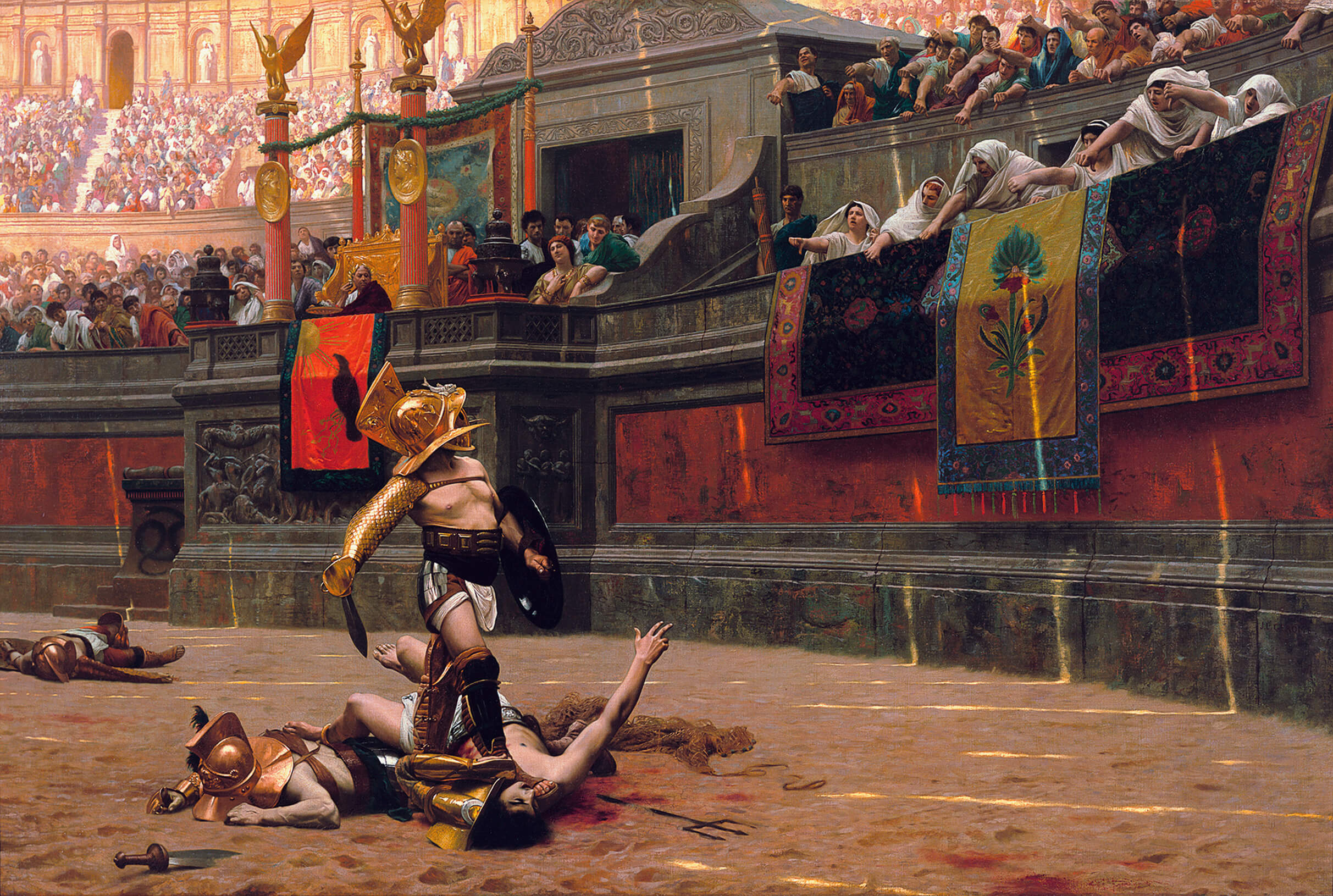
(Thumb down, a famous jest in a famous painting by Jean-Leon Gerome)
My cycling competitiveness is restrained only by clear understanding of my talent.
I will always be that guy who at the end of the game has a foot pressing down on his throat.
I can bring my body to peak shape in few years of training by a good plan. I can train intensively up to light immunosuppression from excess of stress hormones. But it won’t give me a chance to show results even in top-20%. By the rulers they use to measure success in competitive sports.
Still I know well how competitive drive and ambitions help people. Help to progress in cyclic sport; and also to move ahead in other life vectors in parallel.
I have seen some cases when few people took interest in cycling at the same time. They all started from the same spot. Few years later some achieved the level of advanced amateurs. Others, who lacked of ambitions and had no drive to improve, remained “evergreen beginners”.
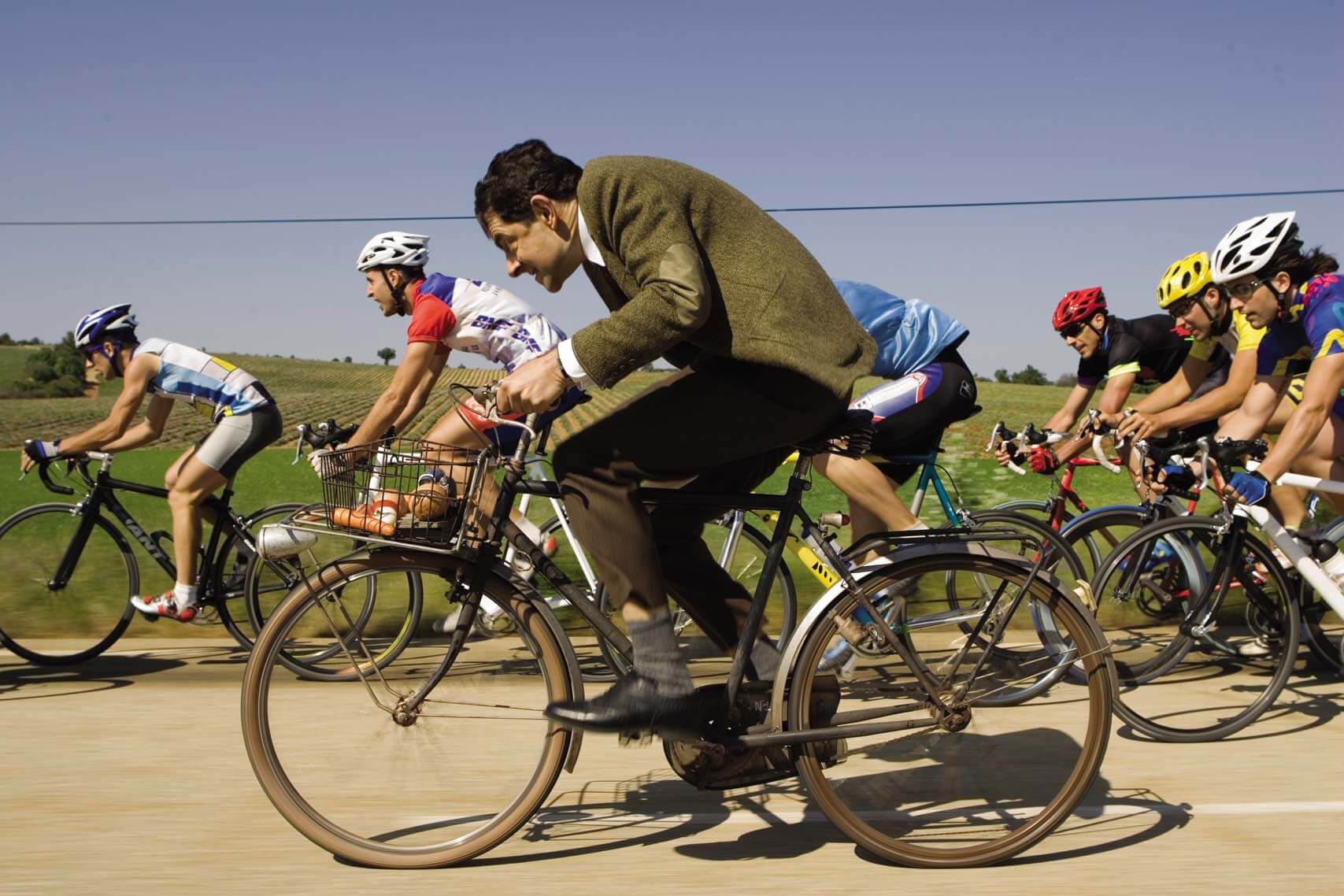
Here is my modest suggestion: competitive drive should not overshadow other motives to cycle. Any advanced rider has at least 10 various motives; well, this is the number I counted for myself few years ago.
There is a great evil which I have seen under the sun:
many beginners focus on seductive, artificially invented rulers of sport results – and so they chase after the false purposes and skip progress pathways and many of the cycling pleasures.
Till Lindemann made a great fun of this in his song Platz Eins, the First place.
Here is translation (Deutsch original is much better, for sure)
Everyone looks at me jealously
Because I am the first in the list
Finally I am at the top
Success smells out of every crack
There is a murmur through the crowd
All men are astonished
All women are mine
Everything is about me
I’m number one — yes!
All or nothing
First place
I am in the spotlight

§12. Race adaptations
I’m telling you a secret: not all of us will die,
but all will be changed
I love to apply this citation to cyclic sport
Any exercise happens in two phases. The first one is obvious – the work itself, and the second one is body response. Adjustment. Change. Adaptation.
Just like rowing with oars: after the stroke there must a return, recovery.
If the second part is done poorly – body lacks sleep, nutrition, time for rebuilding and restoration –then “training strokes” themselves do harm and give no pleasure.
Here we have different levels of effort (training zones) shown in colors. Such division is fictitious; efforts can be divided into 3 or 33 zones as you please. But for many people this 7 steps gradation is very convenient.
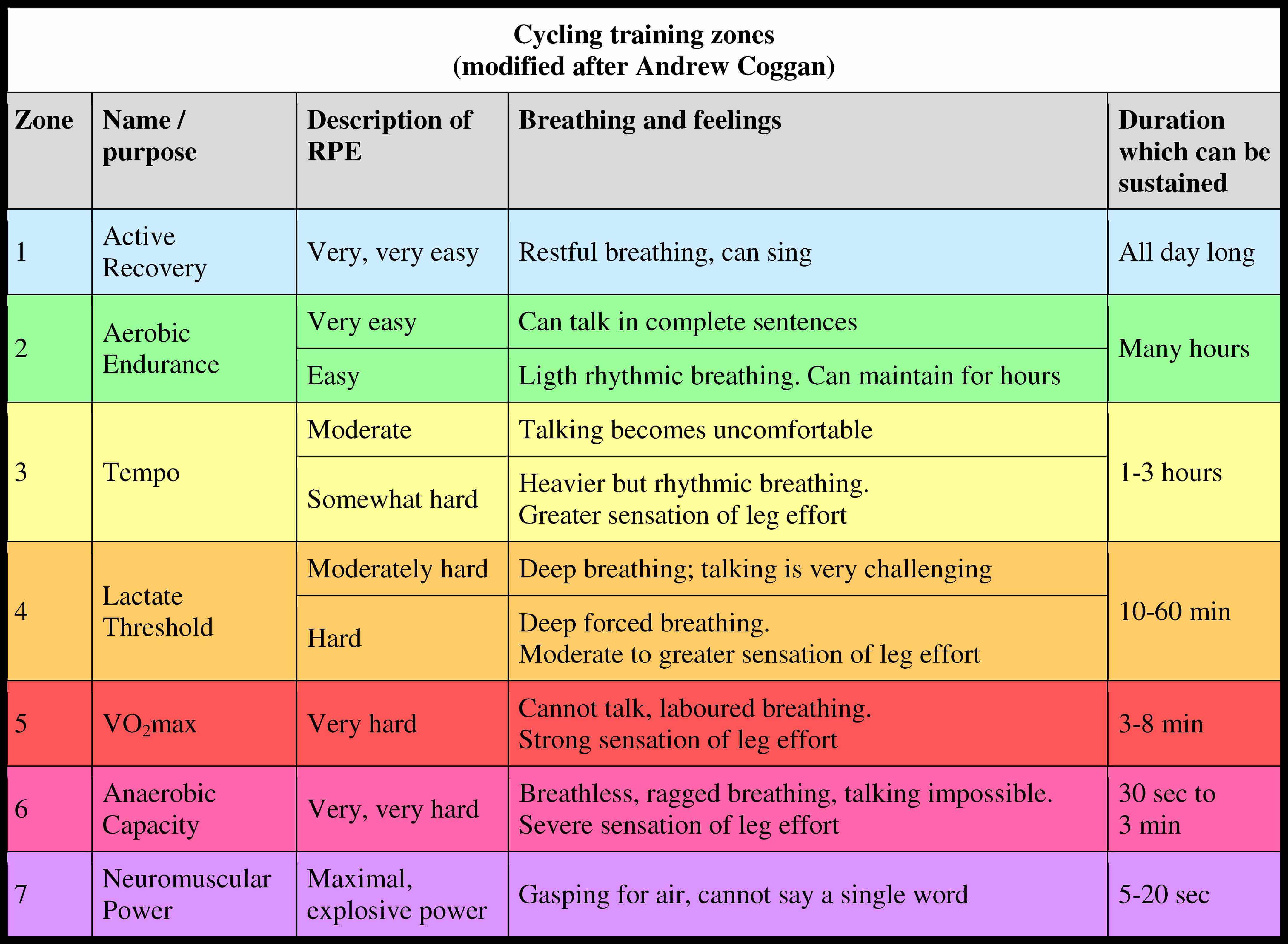
Body responds differently to different effort levels. So you can select adaptations you need and then training to obtain them. If you also observe how body reacts to exercise and adjust training from it, than improvements will come faster. Conscious approach gives more return than simple “the more training, the better”.
For beginners it’s inadvisable to go beyond tempo zone. First body needs some time to develop aerobic endurance adaptations. They need good mileage in the 2nd zone until they can try something stronger.
Anyway, a person with many years of hypodynamia won’t hold up in the tempo zone more than a dozen minutes. The body will quickly turn down. I remember this well myself in my own experience.
As soon as muscles tap just a little into anaerobic power source – blood lactate will soar uncontrollably until body says “that’s all, I’m out”.
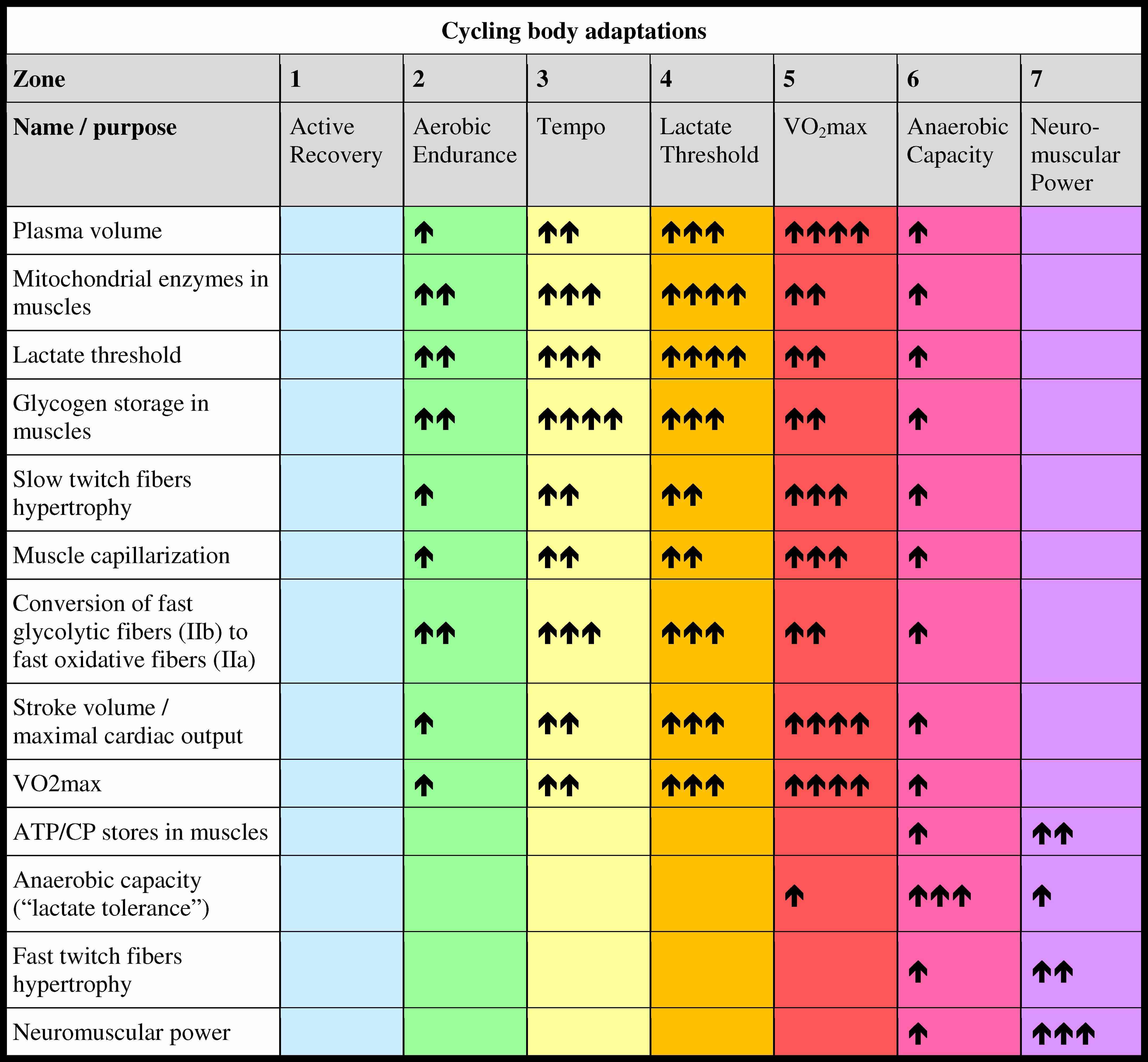
Effort levels 5, 6, 7 give wonderful and interesting feelings. But only professionals and well-trained amateurs (half-pro) have access to these delicacies.
All of these sport adaptations are needed to show the best results in competitions. In essence, scheduled training is a way to adjust body as best as possible to some invented “scale of measurement”, employed in particular discipline. Usually they measure time – who is the first to cross the finish line.
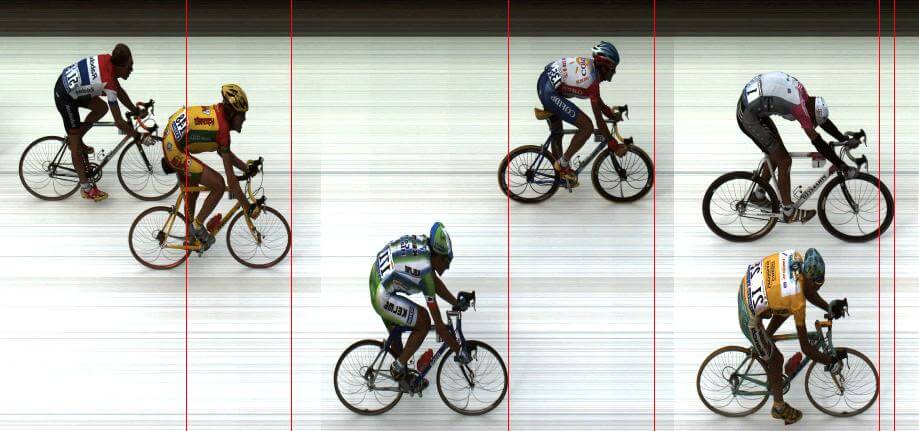
(Photo finish camera captures up to 10 000 frames per second)
We know how these “success scales” are made up: so that the difference in contestant performance was the most spectacular. The more visible show is, the more stimulation for the inborn “ambition program” in the brains of sportsmen and the audience – the higher excitement is for all participants.
That’s good, for sure.
What we seek in sport competitions is the power of “psychic vibrations”. But should this pleasant stimulation be the main purpose of cycling sport?
§13. Time, lactate and pleasure
We can make different use for cycling sport – improving brain performance.
What body adaptations will we need – out of that colored menu up above?
What are the criteria for the best exercise plan? How should we measure success?
Here are my propositions.
(А) Time
The main criterion.
Achievements in sport disciplines are mostly measured by time – the shorter it is, the better.
Training time for most types of exercises is selected the same as competition time or shorter (if you do intensive intervals, HiiT).
Usual duration of a race or a tempo training is up to 3 hours.
Brainwashing is a state of accelerated influx of nutrients and outflow of unneeded substances. A state of enhanced metabolism in brain tissues. This effect must accumulative, the longer it affects brain, the better.
The fact of some washing is not enough to see improvements. We need sufficient duration, “exposition”.
I will describe it in a primitive arithmetic model.
If we take the volume of cerebral blood flow at rest as 100%, then at a cyclic exercise we receive a bonus on top of it – from 10% to 30%.
Let’s use medium value of 20%.
If the bonus is active for 3 hours of race or training, accumulated sum is 60 (20% х 3)
If exposition is 6 hours, we have 120 (20% х 6)
I am inclined to set lower threshold of effective exposition as 6 hours, from personal deliberate observations throughout 2 years. As example of procedure, this can be a 150 km flat route in moderate pace. This is enough so that on the next day you can expect a notable cognitive bonus.
I try once in a week to spoil myself with ≥ 6 h ride.

I couldn’t find research data from serious sources to support my observations. Such extended experiments are difficult to set up as compared to short ones, a few hours of cyclic exercise in a laboratory.
And what I want to see is effect not from a single long ride, but accumulated consequences from months of such regular procedures.
For this a large-scale study is needed, with numerous participants. And for the test subjects we need those who didn’t ride long distances before we start observations so that changes in brain performance will be noticeable after few months of such rides.
I am forced to jump over this gap in my recommendations, and it’s the weakest link in them. But I still hope to see good data someday.
Hold my beer.
How to set the upper end for duration?
Here I can express time through distance.
I consider a 1000 km ride to be convenient upper edge; it is easily available to any healthy person, all you need is a good bike fit and clothes for weather changes.
But you need to ride within a limited time span, and 75 hours is very convenient, easy limit. That’s why it is set in the brevet rules — it was tested through almost a century, by dozens of thousands of riders. Limit is necessary to prevent excessive stops and so preserve continuity of the effect. You need to move for the most part of these 3 days, with short pauses and two long sleep stops of 4-6 hours.
For most people riding time of 1000 will be 40-50 hours. They will receive accumulated dose of 800-1000 blood bonuses, 20% x hours.
Bicycle tourism is a different procedure and so it won’t give the same effect. In that case a person rides for the lesser part of the day, and lives the larger part in “civil mode”. Brainwashing will be too diluted with pauses where blood flow will be reduced.
Distances over 1000 km with limited time for stops is beyond the scope of my advice. For riders with low sport talent and low endurance (I am proud example of those) these longer distances can pose a challenge and may require special preparation; so they are to be selected by personal preference.
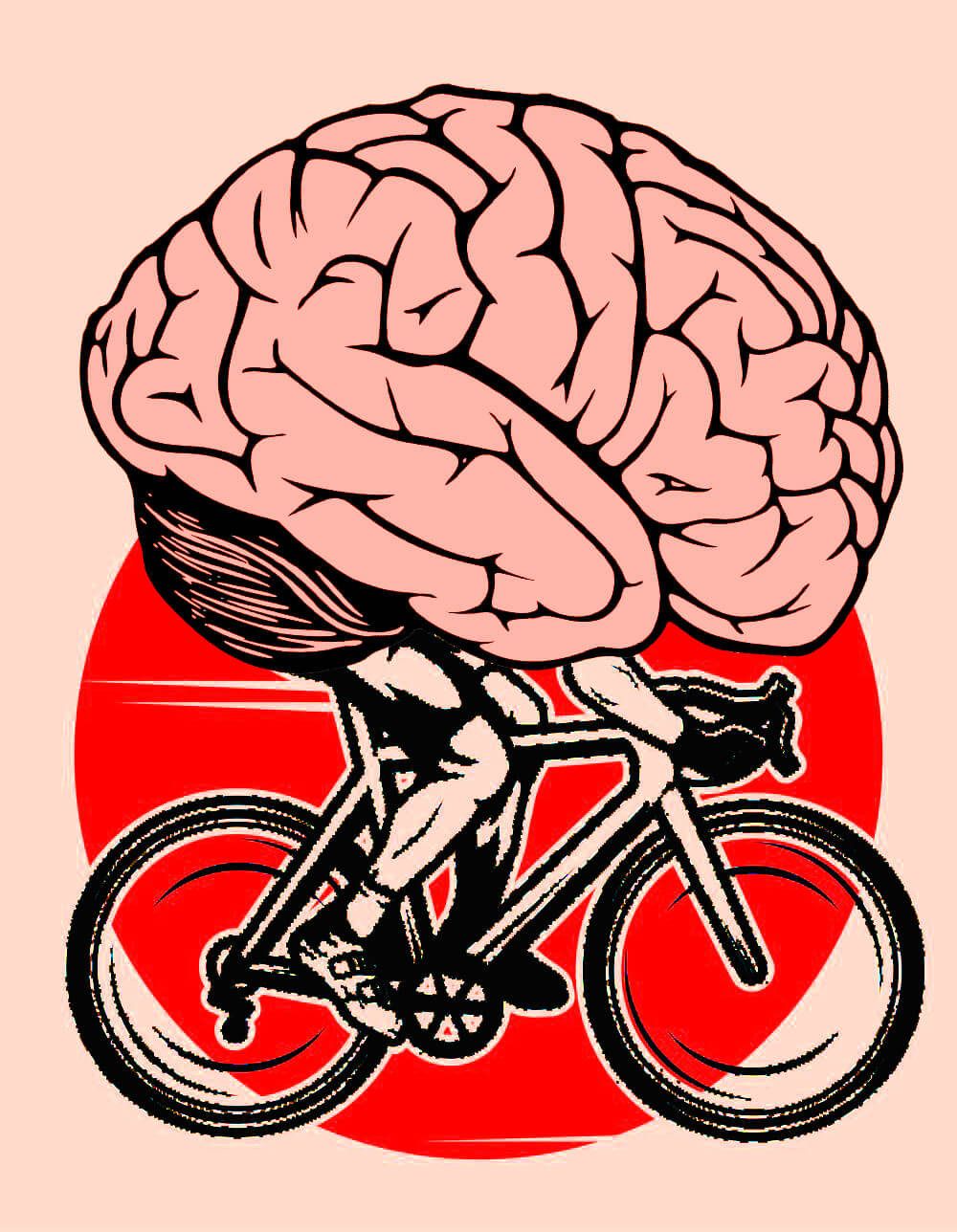
(В) Milk in blood
We remember how much brain loves to absorb lactate from blood. We need to work our muscles actively enough to pour out lactic acid into blood continuously and serve the brain its favorite delicacy. That’s why riding in the easiest “super-lounging” recovery zone may be insufficient. For me, the optimal effort seems to be at the border between the 2nd zone (aerobic) and the 3rd (tempo) zone. Lactate level here raises above the rest, but remains constant; this mode is easy enough to save stamina in a long ride.
(С) Motivation
To ride many hours of long distances, you must desire it. Enjoying every minute of the ride, without thinking “how many km to go till the finish” and “when does this end”.
Key motivator is psychotropic pleasure. During the ride, and few hours afterwards, a person has improved mood and feels pleasantly high.
Because brain receives a delicious cocktail. Analogues of cannabis, amphetamine and opium are released within the brain (anandamide, phenylethylamine, beta-endorphine).
Please note: it’s not only legal, this behavior is even encouraged!
But you need to “earn” your dose – if the ride is short, just a couple of hours, – you need to spin it intensively, in a race mode or “to hammer intervals” up to darkness before your eyes. During long ride of 150+ km you can take a smooth and deep dive, even in “lounge” pace.
I myself took a taste to this psychotropic effect after the first dozen visits to OFP’n’MTB
(traditional open ride in Kyiv; 25 km with 665 m of climbs)
After a person develops appetite and a habit to this pleasure, too easy and too short rides feel disappointing, unsatisfactory. When the pace in too low to get the “cocktail” going, you have an urge to accelerate “to get fed enough”.
It’s like inside your head “alcohol is being distillated”, and you need to turn up the heat so that “cocktail” starts dripping out of distillator.
More fire – more pleasure!
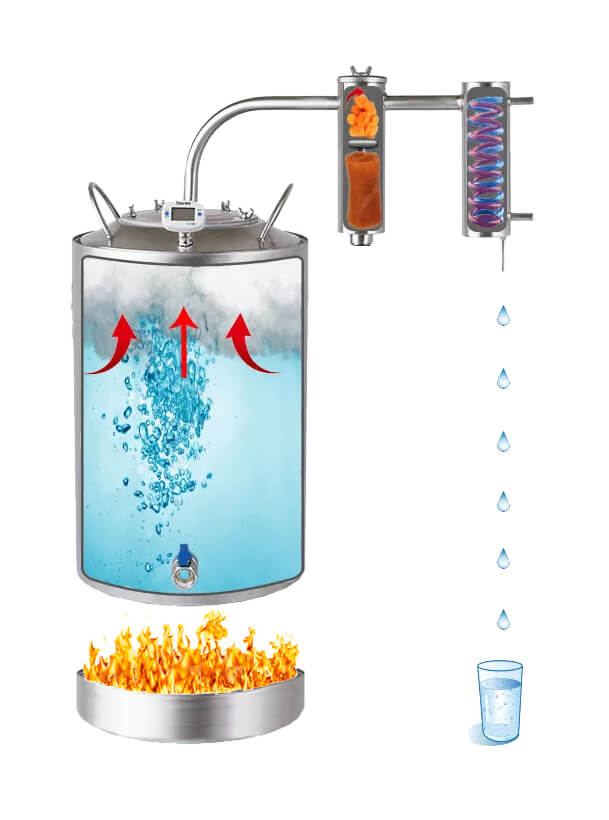
§14. Bloody adaptations
Methodical training in upper effort zones allow for developing adaptations for the best racing results. But this training quickly burns up muscle glycogen stores, depletes “muscle fuel tank”. That’s why such riding is very limited in time.
Most of amateur and professional races are 100-120 km long, so that riders can finish in 2-4 hours. Few people can keep high race effort beyond that time. On longer distances racers will be forced to reduce their pace. In recipe of victory endurance will be more important ingredient, power and tactics will mean less. Races will be less spectacular.
Short high intensity rides allow to earn psychotropic reward faster. And so, seemingly, they save you time. But there is a reverse side: effect is also short, just few hours.
In my experience, ratio of riding time to pleasure (T/P) is lower for short intensives. Because at least first 40 min of ride is warm-up to get all body systems fully into “centaur mode”. Changes in mood start only some time after that. So if you do 2 hours of highly intensive interval training, 1/3 of spent time is prelude.
Consider also time expenses for changing into and out of bike kit, other pre-start and after-ride manipulations.
Wholesale rides give better time saving per mileage.
After my last 600-km ride I felt unusually good even 27 hours after the finish.
Glycogen limitations create conflict between possible purposes for the riding:
— best race results
— best brainwashing
For me preference definitely goes to brain interests, so I have to compromise on race adaptations.
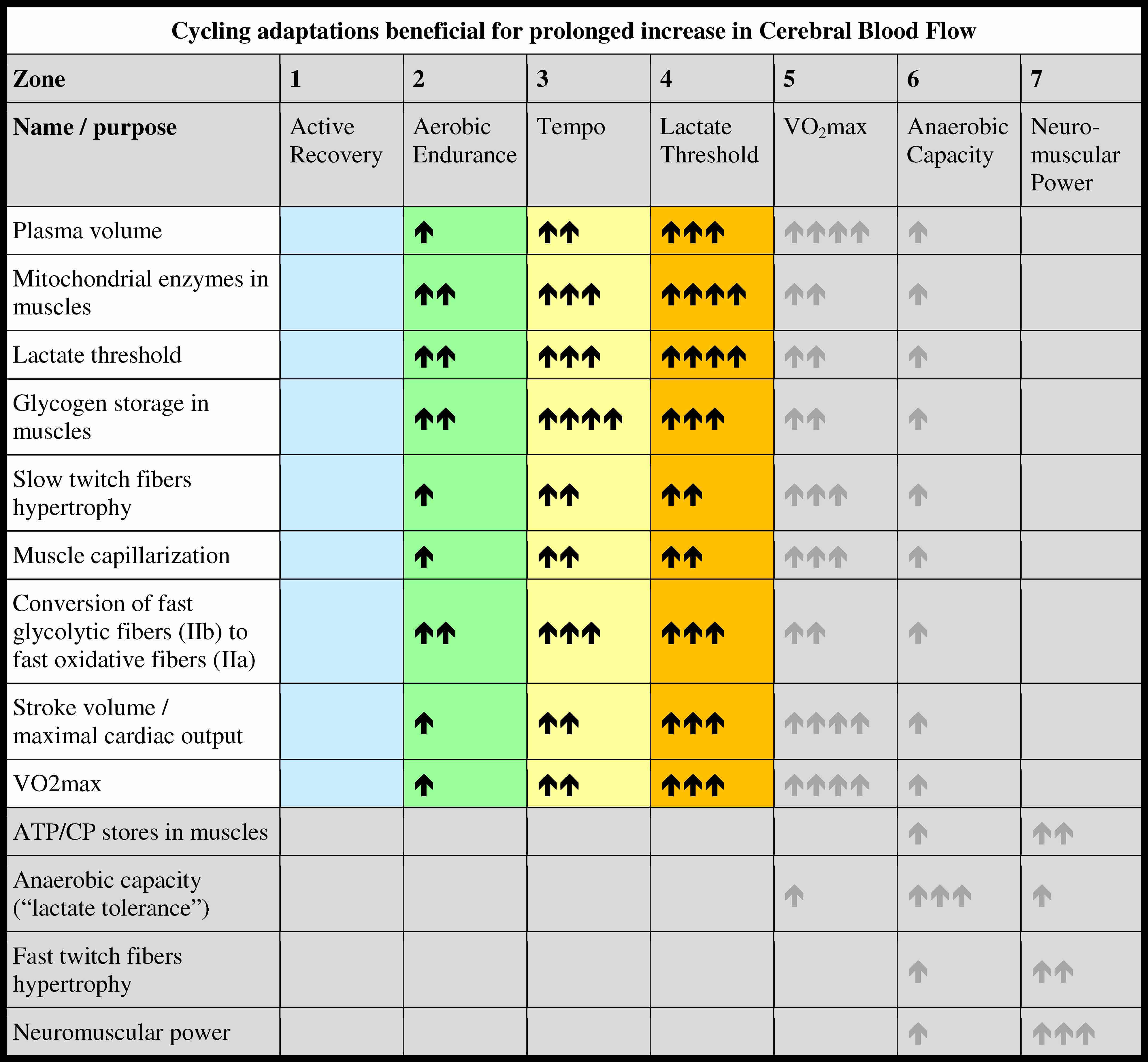
I’ll make an example of myself. In tempo zone I can’t ride longer than 5 hours or 150 km. I suppose at this milestone my muscle glycogen stores fall below 45% of normal charge. Here power takes a dive in everyone – irregular park riders, advanced amateurs, professionals. Despite all my wishes to go on, I am forced to descend to zone 2.
In order to accumulate blessed 6 hours and minimal dose of 120 blood bonuses, I need to ride at least a part of distance in aerobics. The longer distance is, the larger is that part.
It is not that I advise to spend all your rides on LSD (Long Slow Distance training, it’s not what you thought first, shame on you). Look at the adaptation in the table above: if you do not come out of the “green zone”, body development will stop at low level. And will stand in that place – for years.
Including anaerobic exercise allows to “break through” the development ceiling. To acquire body adaptations that will sharply increase not just anaerobic performance, but also your old aerobic abilities. And so your rides will get you more pleasure and more lactate.
My advice is to keep your cycling diet diverse. When you have no time for 6+ hours ride, you can ride something short, but intensively. There will be no need to save glycogen — don’t hold back, treat yourself!
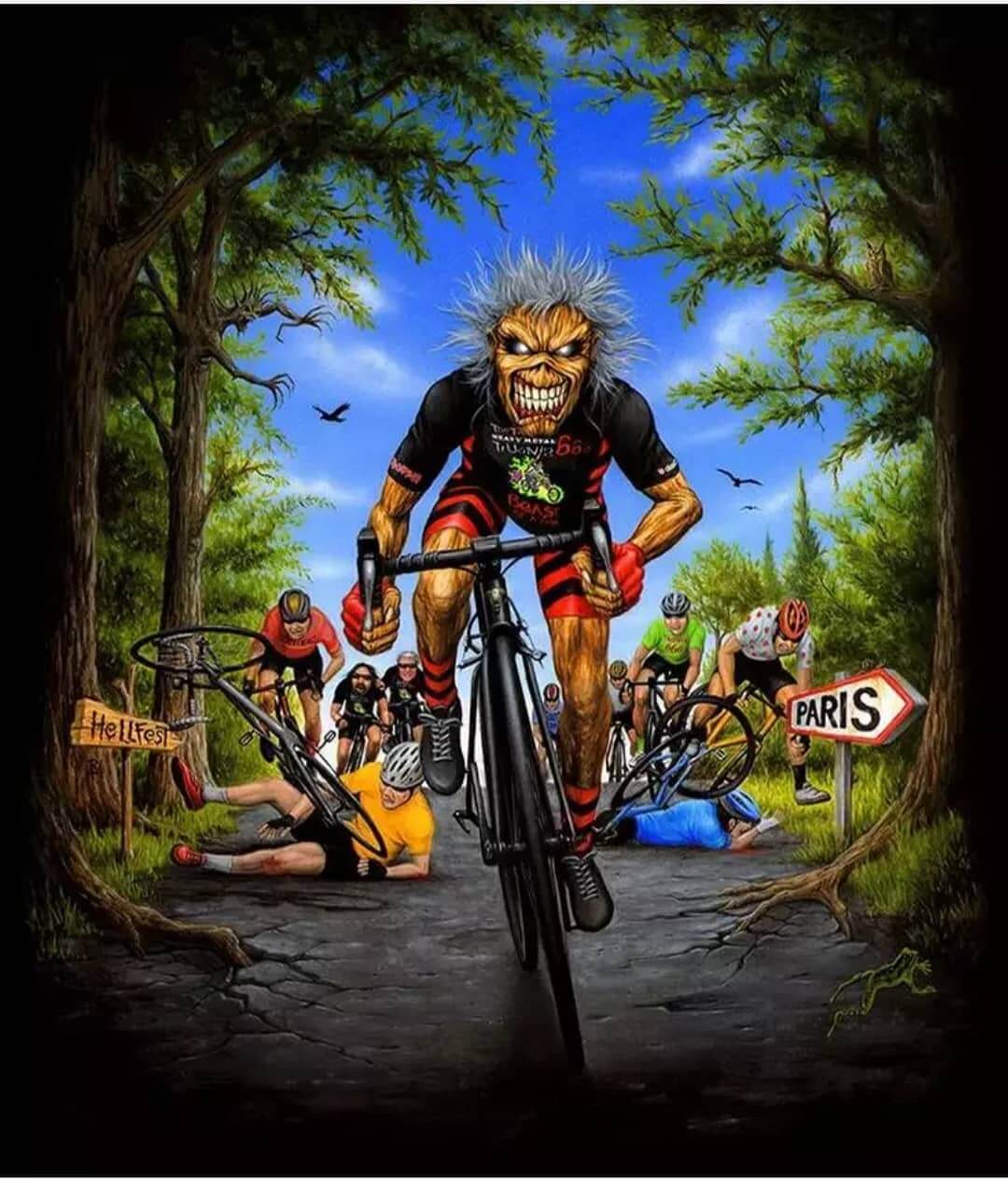
§15. Choice of ritual
I consider road bike to be the best instrument for brainwashing.
Why?
All non-cyclic sports are easy to discard. Our task is to make a “bloodbath” for the brain. Increase cerebral blood flow and keep it so for a long time.
Consciousness have no access rights to directly command heart and vessels. But we command skeletal muscles, they are control lever for cardio system. Each work cycle adjusts it to muscle demands. Numerous repeated cycles keep blood flow in constantly increased state and allow to adjust it smoothly.
In gymnastics, athletics, sport games and martial arts muscle efforts are unstable, cardio system adjusts to them from minute to minute. No constant increased blood flow for the brain.
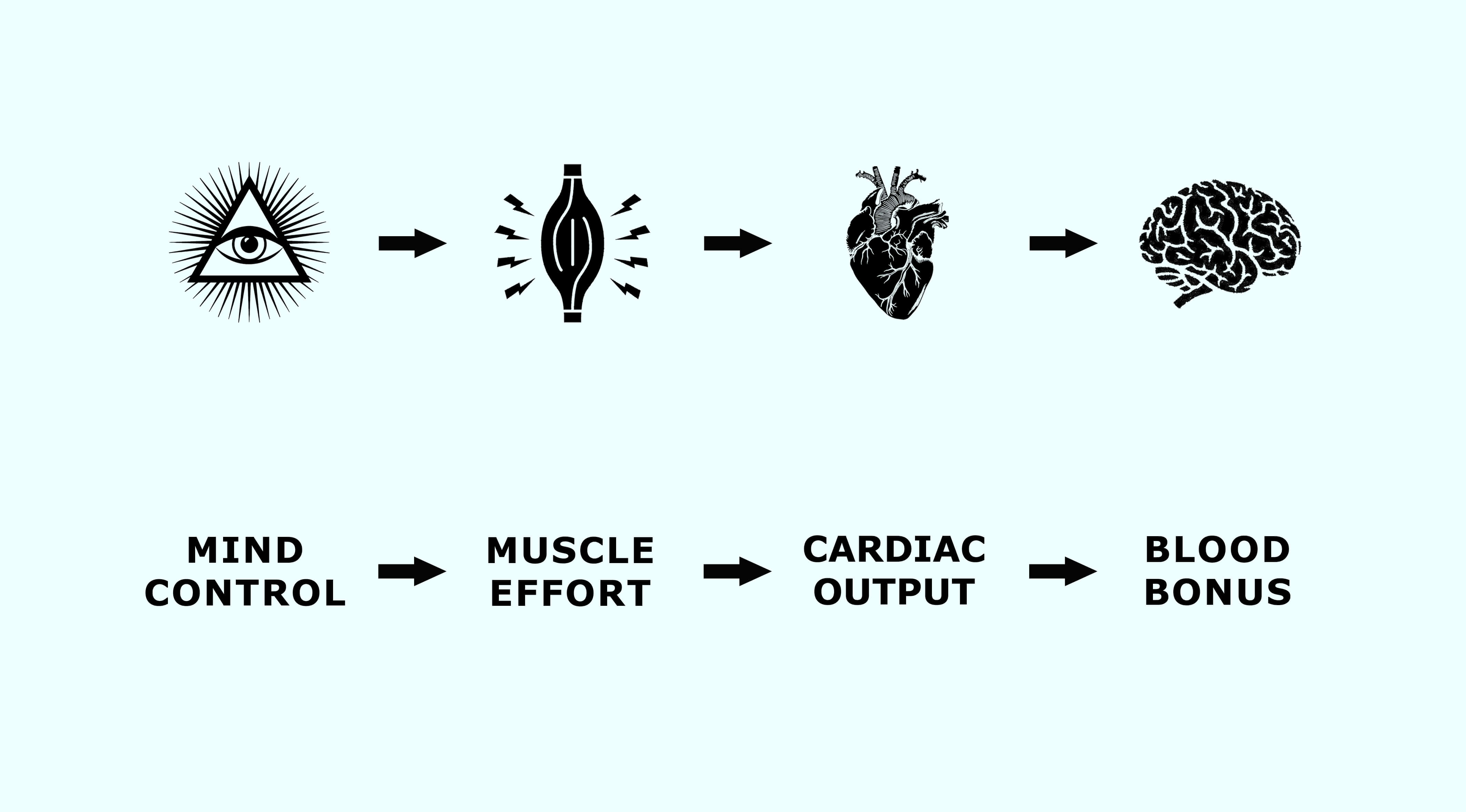
What about other cyclic sports? We already have three known criteria – time, lactate, pleasure. We need to elaborate and aggravate them.
Effort control – how convenient it is to manage blood flow and the length of the ritual. What is the range of muscle efforts, where we can “turn the adjustment knob”? Can we exercise quite easily? At moderate level? At high level? How many muscles and to what degree are involved in the repeated movement?
Duration – at least once a week “minimal effective” washing is needed, 6 hours long. And also two exercises per week are required. The second one should be at least short intensive one.
A weekend warrior makes 6-7 day pauses between rides. This abyss swallows up the most part of adaptations he earned in previous ride, so body stays the same through years. No effect from the rides can be seen, no development.
Adaptations are very useful, they allow to grow psychotropic bliss faster and harvest it longer.
Weekend warrior feels much less pleasure from cycling than regular rider does.
Availability. Are there limitation for the ritual due to weather and location? Is there dependence on a swimming pool, a skating ring or any other special place?
Equipment – costs and difficulty in obtaining.
Health risks – what is the chance for a long-term problem?
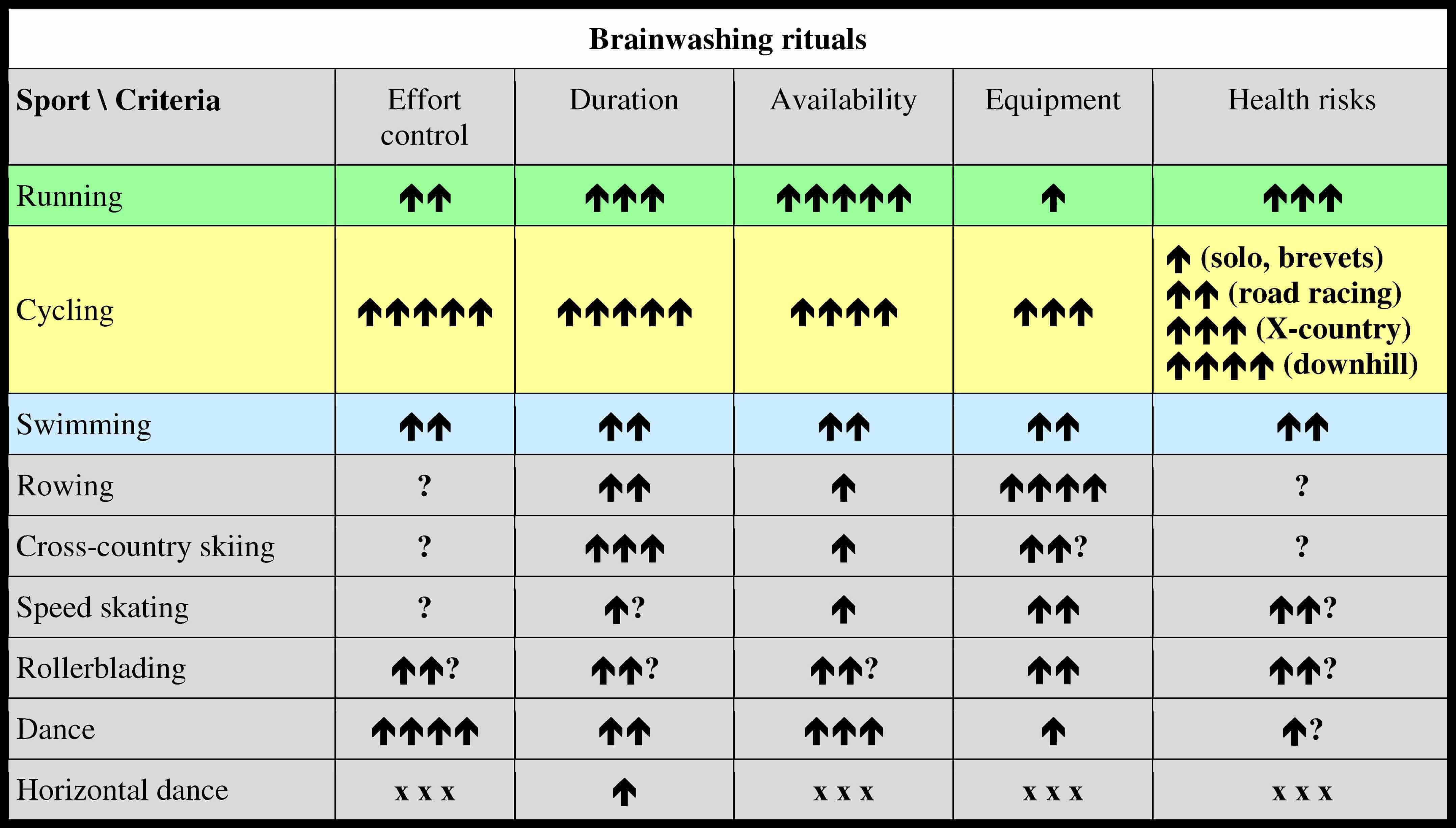
I will discuss only tri-united sports. The rest of the lines included in the table only to show – I see other options in menu. Values are almost random for those lines.
Running is leader in availability. You can practice it almost in any weather, in any place and climate – from Sahara to tundra at -20 °С. Equipment is easier than easy – for start, half-sportive casual clothes and footwear are enough. Some people run New-York marathon in crocs.
But I don’t like effort control and duration.
Running is not just a forward movement. However fast you are running – with each step you need to throw your body up in the air for a short flight phase. And then you need to land. That quite reminds of basketball dribbling.
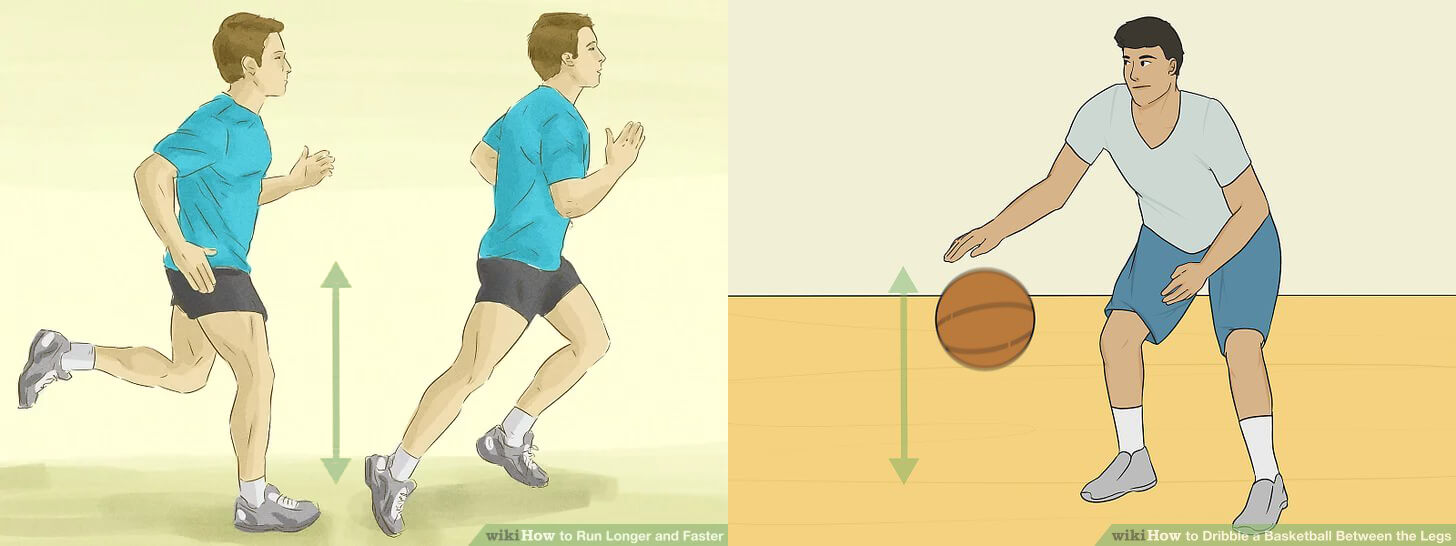
But your “ball” weighs not 600 grams, it is much heavier. In order to throw up significant mass of human body and to dampen the landing strikes – you need to work your muscles hard and spend a lot of energy.
Running is always quite an workload for your heart, metabolism, breathing – even if you run slower than walk. This limits duration very much.
6 hours is a marathon time for a beginner. Without previous sport experience you need to train for half a year just to enter such distance. Only few chosen ones can run a marathon each week. After these 42 km novice runners are advised to recover for a whole month – running only in easy pace and short distances.
Even among the strongest amateurs there are few who run 9 or more hours per week, and even in these rare cases time is broken into 7-9 short exercises. For many people less than 5 hours per week are enough to keep their muscles, cardio, breathing and metabolism in good shape.
But anyway meat and innards are not the most important thing in us. Other beasts also have such stuffing, and many have it developed better than in us. It is the brain that turns us from monkeys into humans. So it deserves top-priority care.
Running basketball creates impact load for joints, ligaments and the spine. These impacts can injure them for a good long time, up to disability. Our feet, ligaments and muscles are very great at absorbing landing strikes. But little strokes fell great oaks. They more running hours per week, the higher risks are.
Swimming has special advantages. For skin – various and bright sensations from water. For proprioception – movement in 3D space with unusual dynamics. All of this is pleasantly exciting for the brain. Swimming develops back muscles better than any other exercise – for good posture and spinal health.
But availability is so-so. You need an open water in warm weather or a swimming pool at least 25 metres long. Duration is even more limited than for running.

Cycling has no equal in effort control. Thanks to gears that can be adjusted for each rider and you can shift them even 10 times per minute of the ritual.
Duration – 6 or more hours at once – is easy to keep almost for anyone. No limit from the side of body physiology. The only limit is time free from other occupations. Even a person with many years of hypodynamia and low power and endurance abilities can easily ride 150-200 km at a time, each week. I tested in on myself, in my first year on road bike.
Two weeks of regular riding before is all the preparation that is needed. So on the 5th ride you already can do a completely efficient brainwashing.
There is just one large drawback in cycling: you need a bicycle.
The most important conclusion – any method is beneficial for brain, if practiced regularly.
Each person who cares well for own neuro-processor – improves its psychic adequacy, rationality, equipment service time.
And so makes our world better, now and in future.
Brothers and sisters in blood magic! Good luck in your rituals!



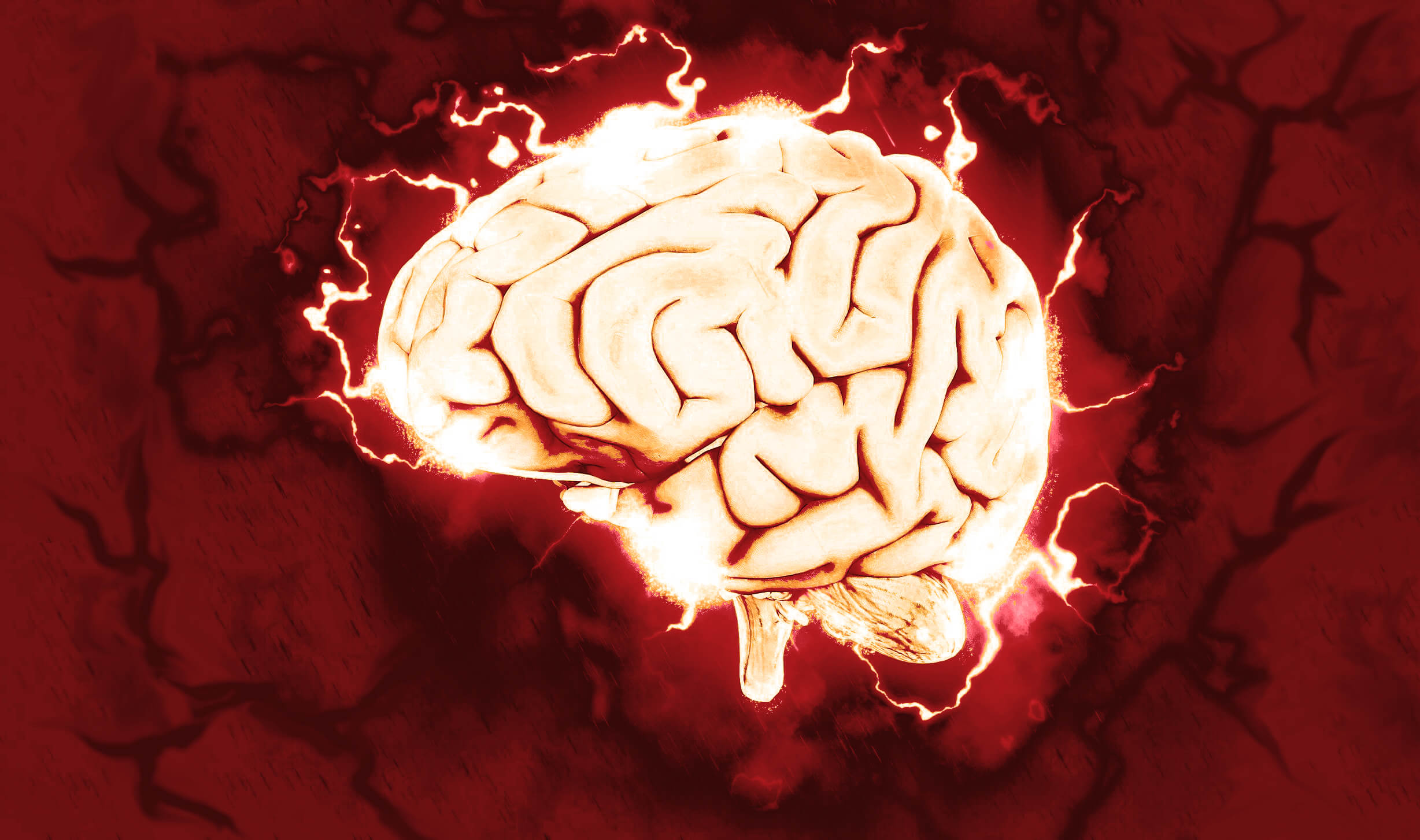

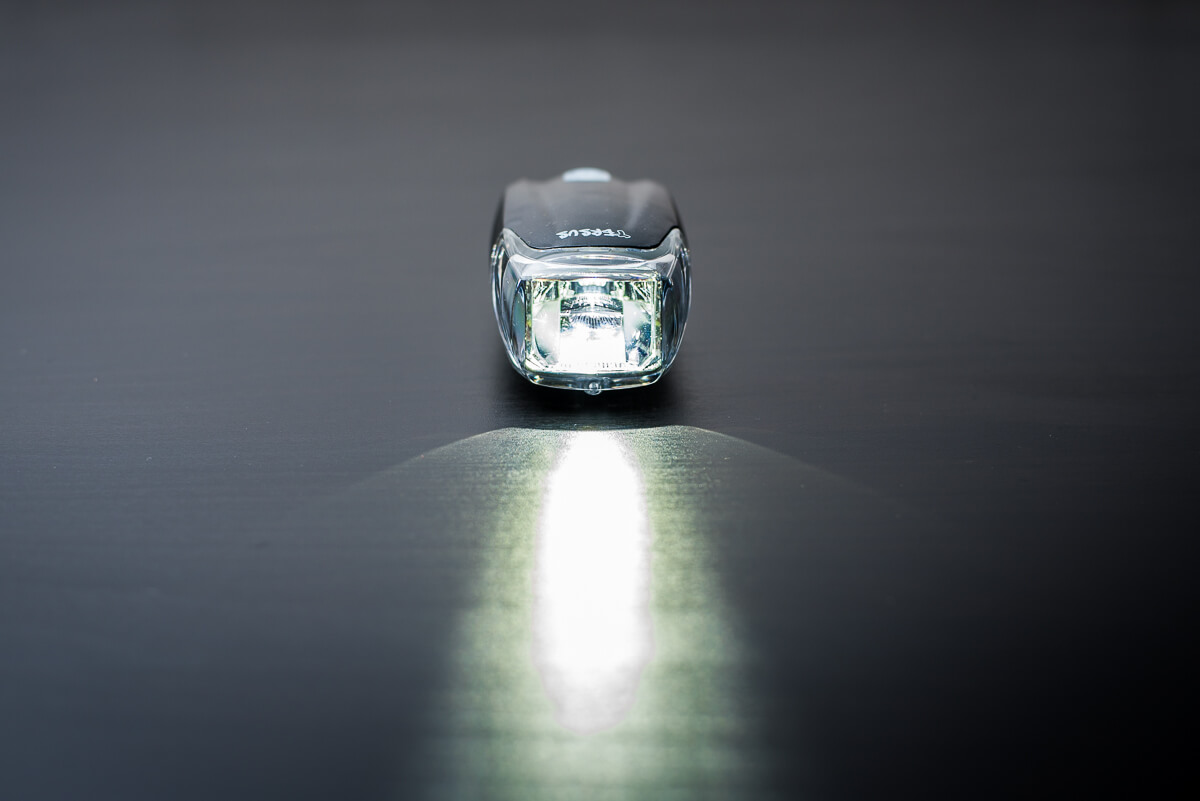
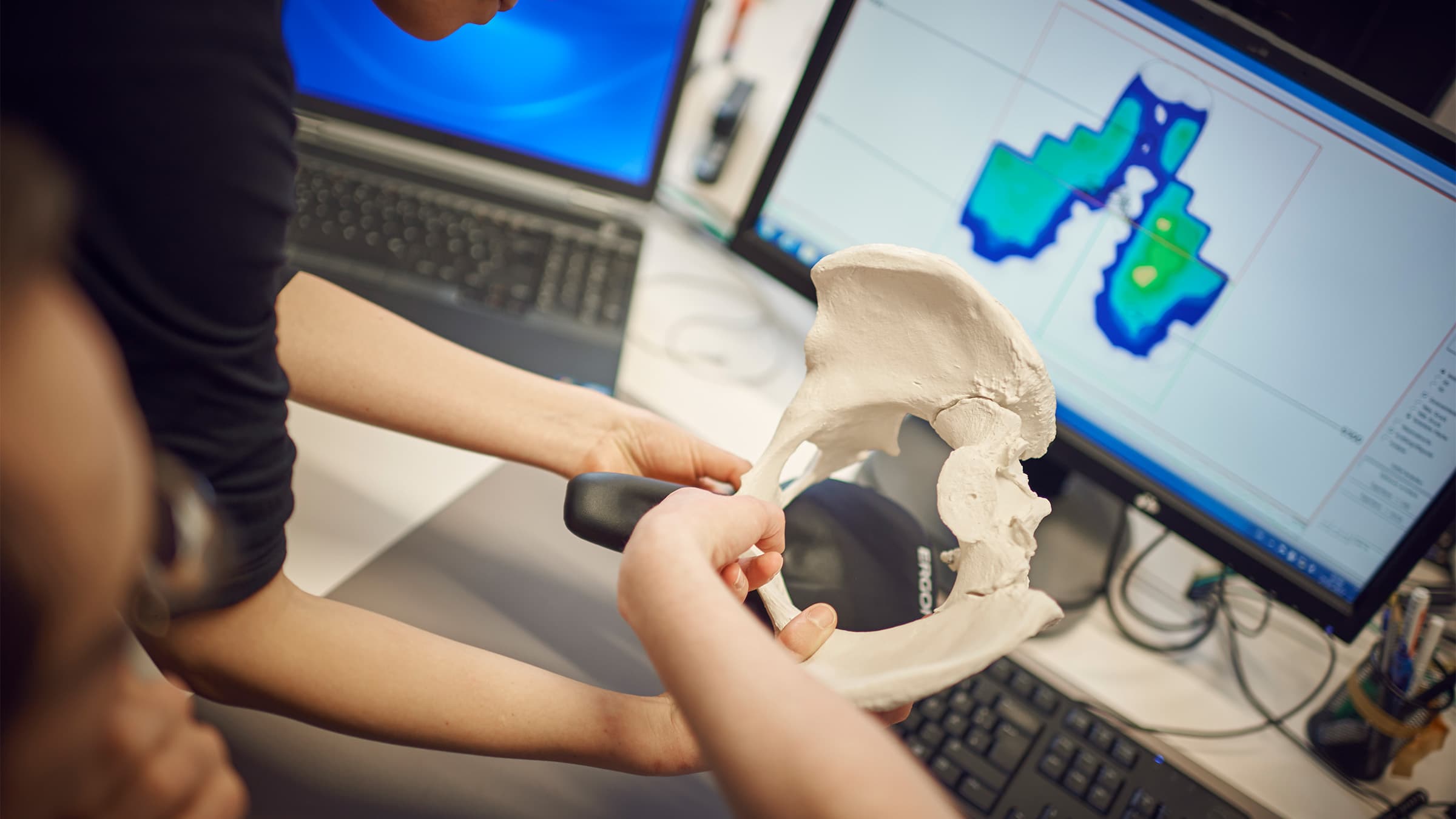


Комменты Facebook
Disqus (0)